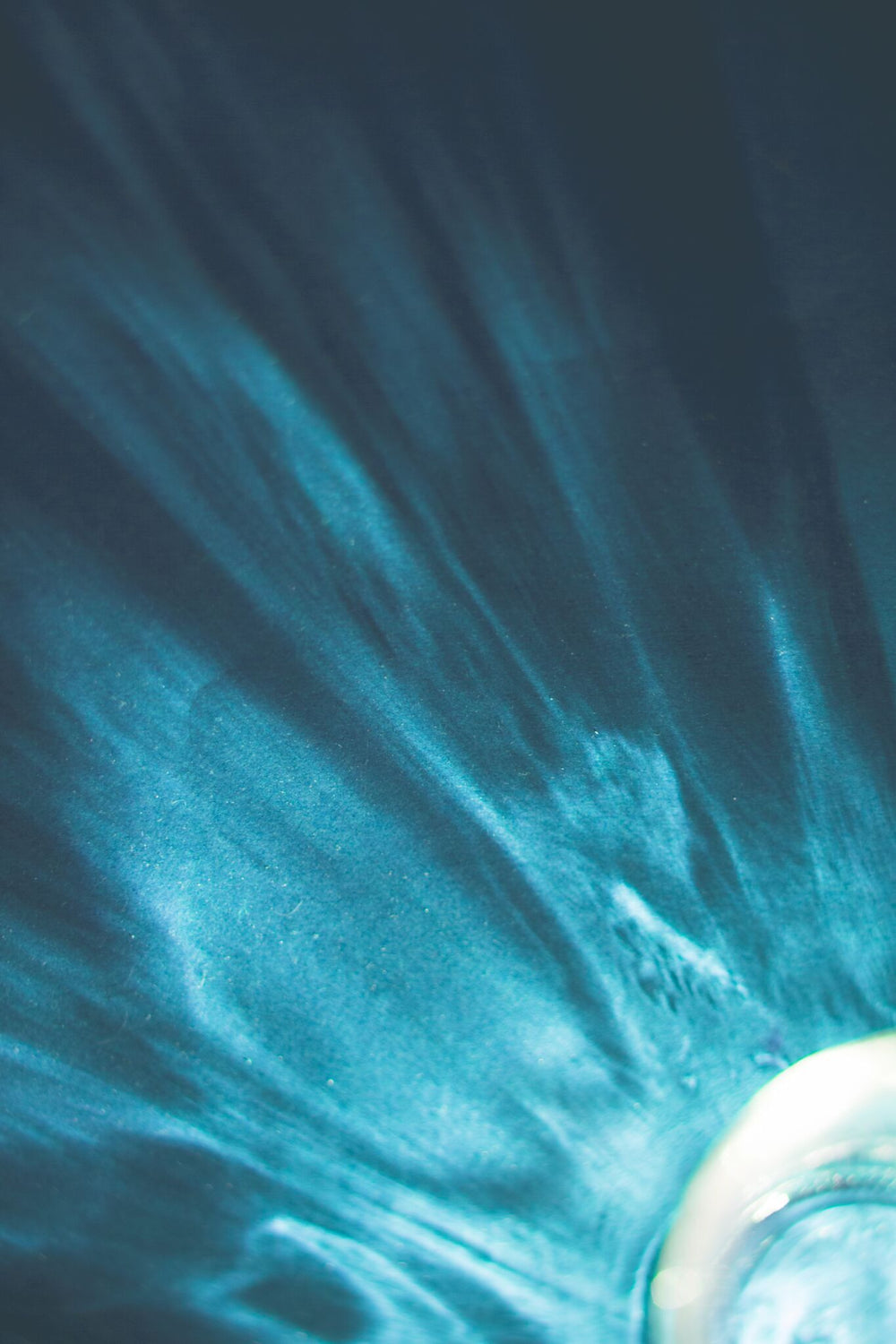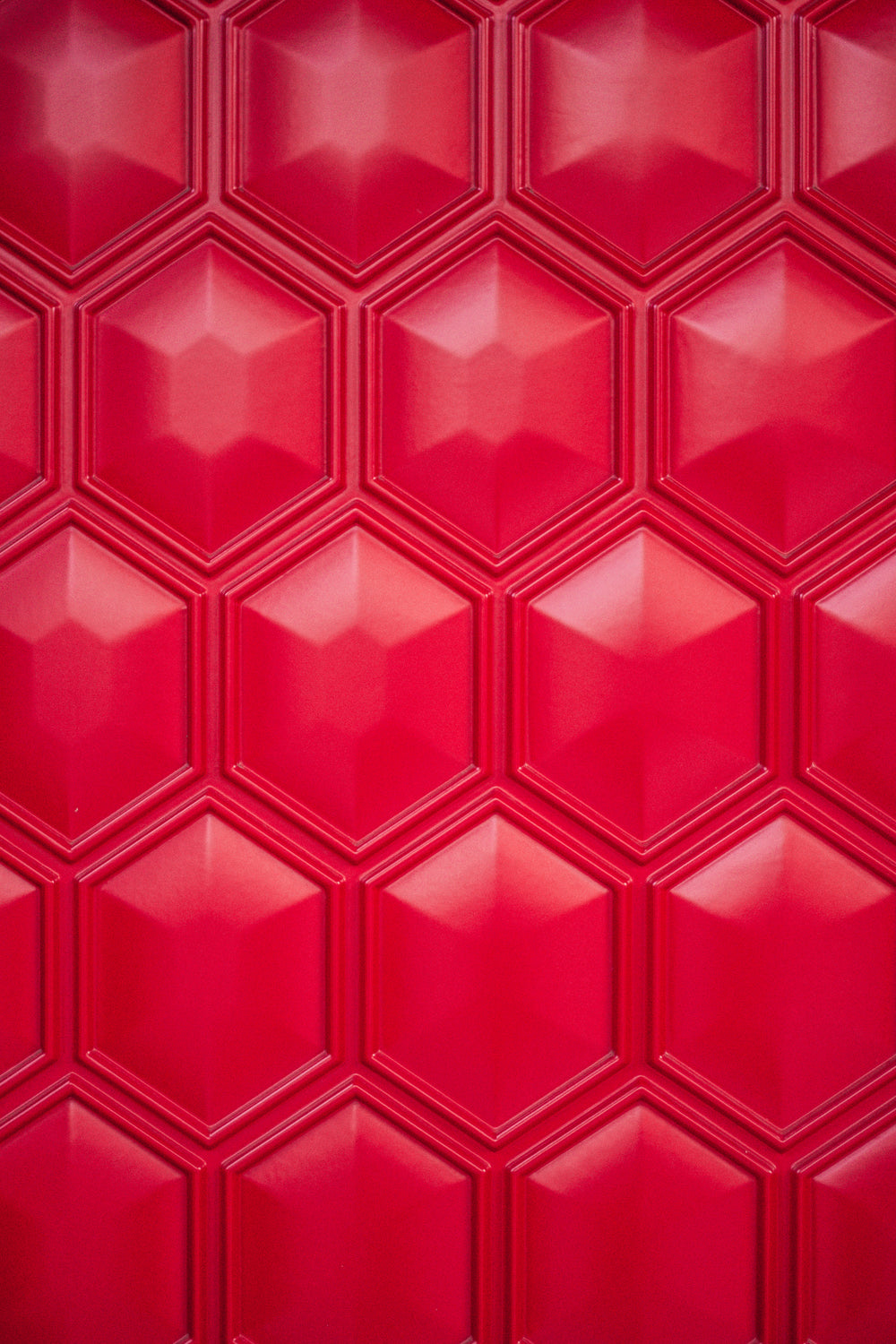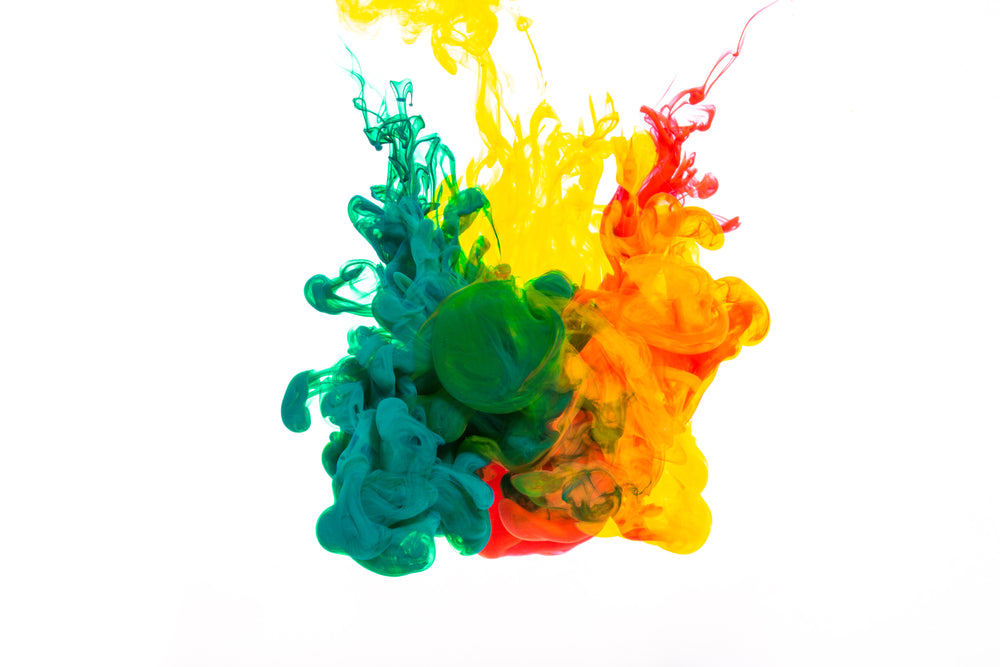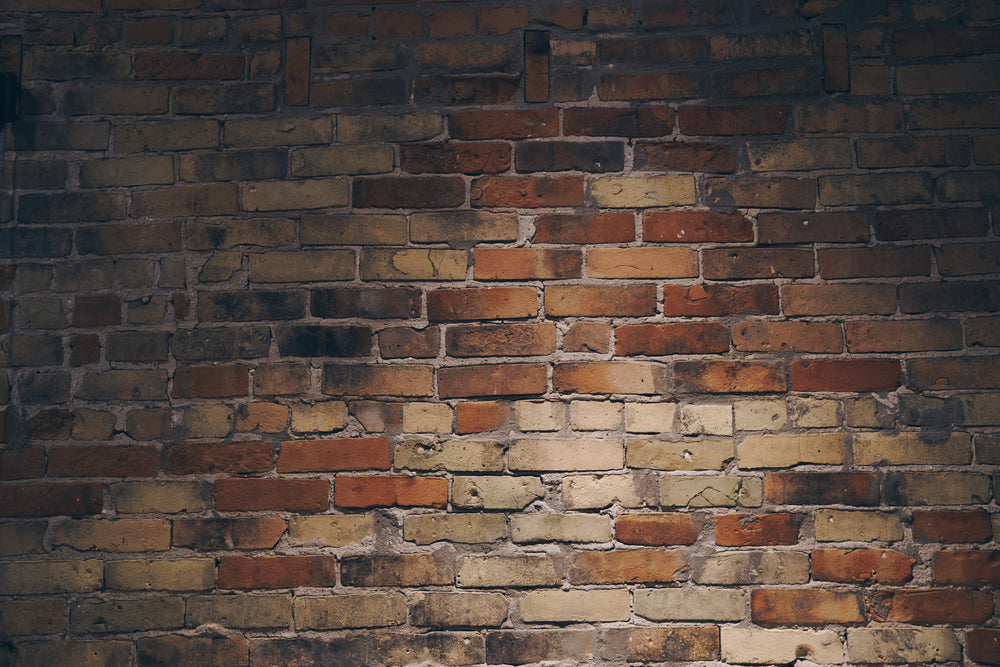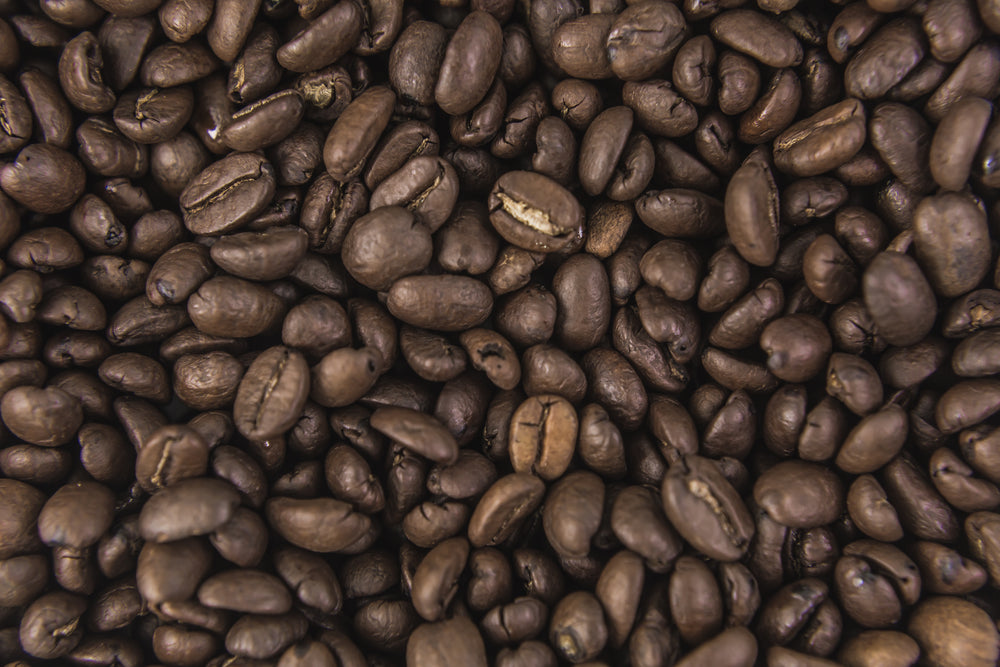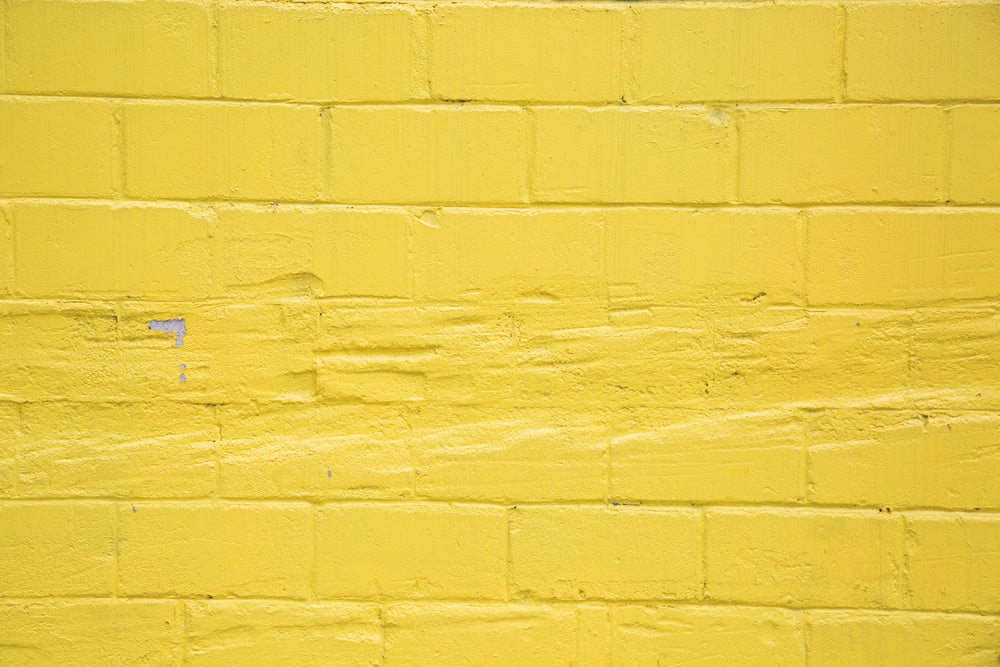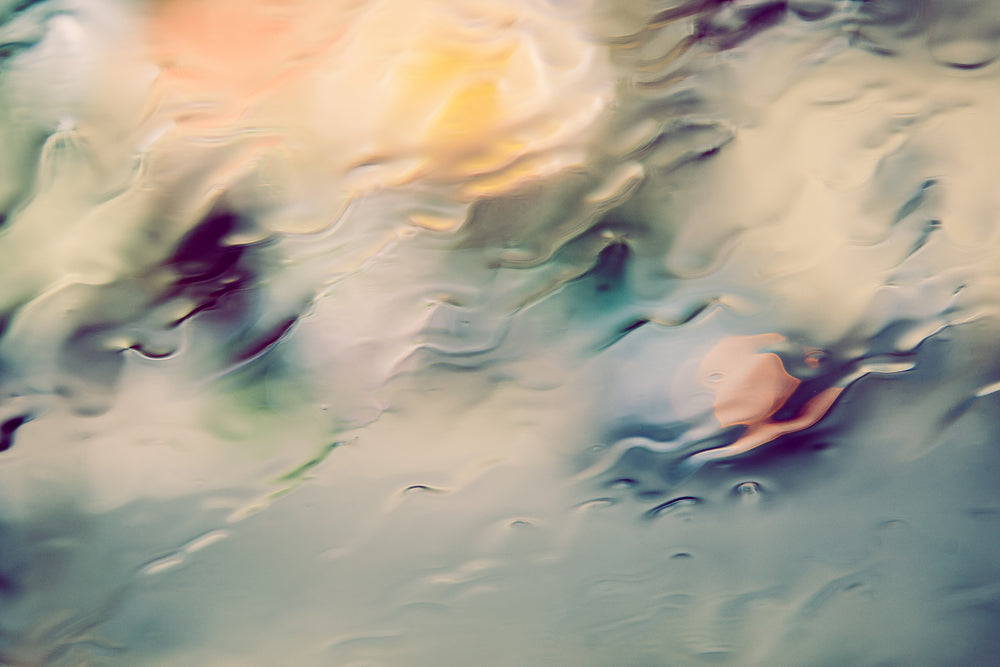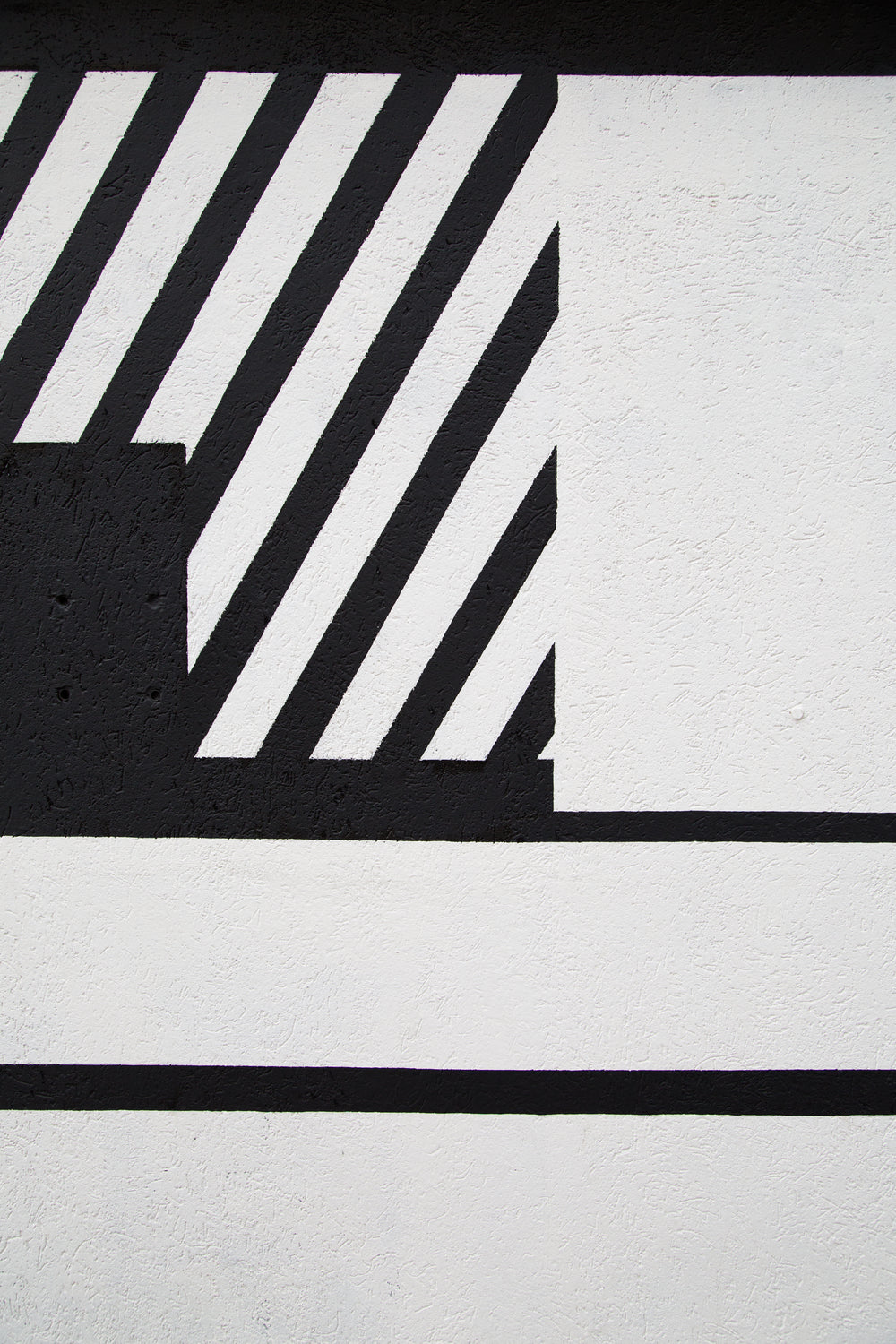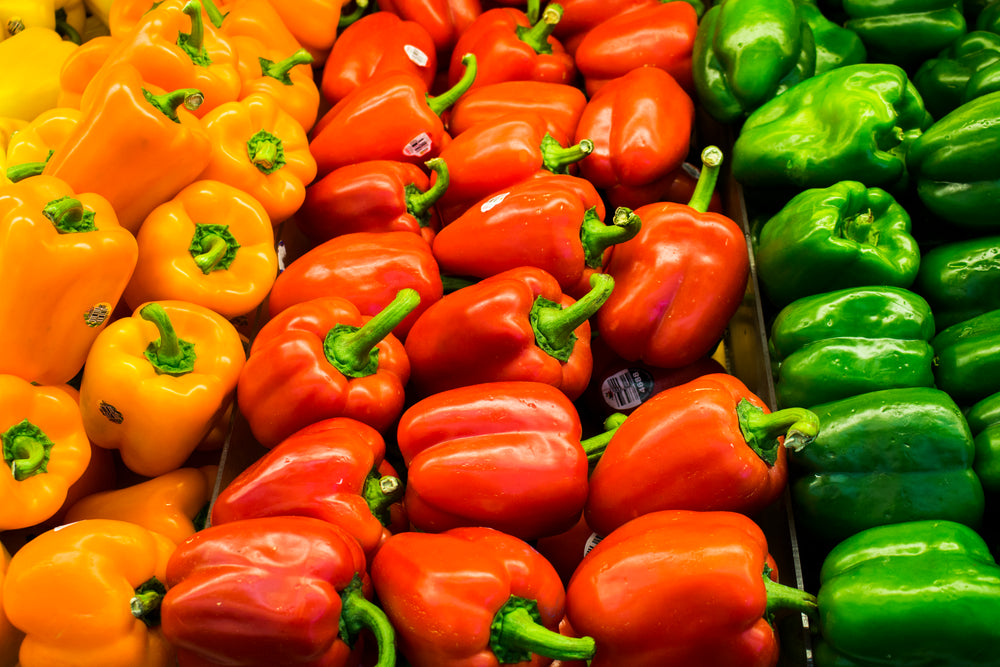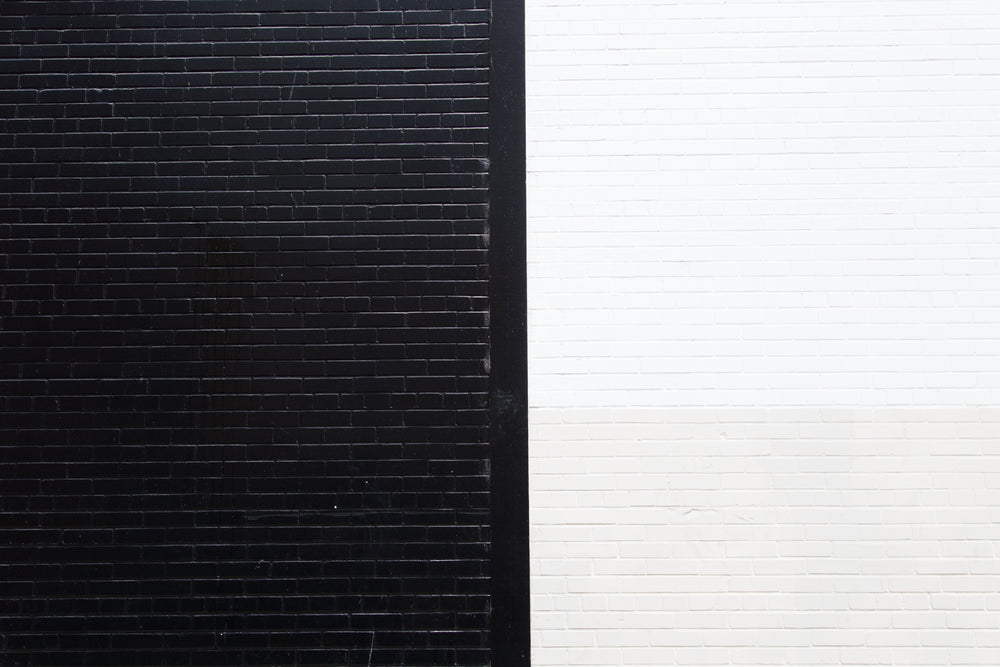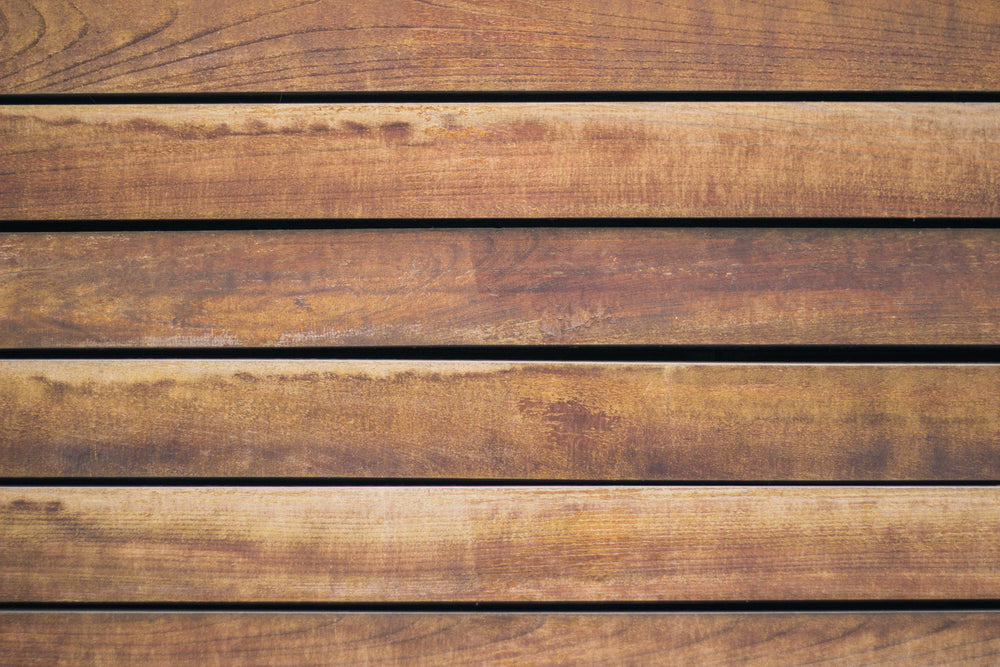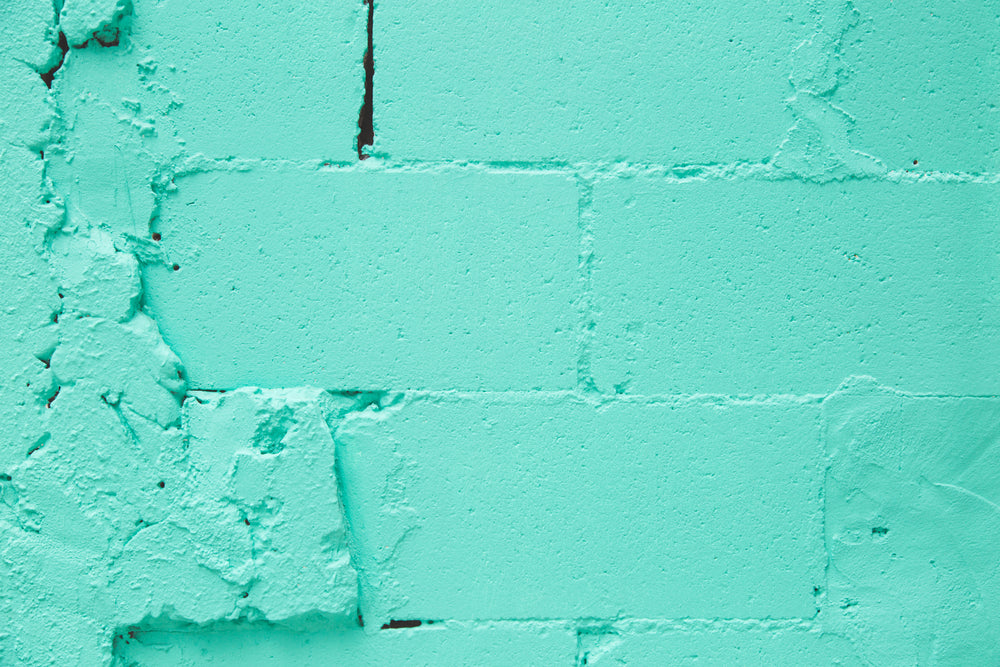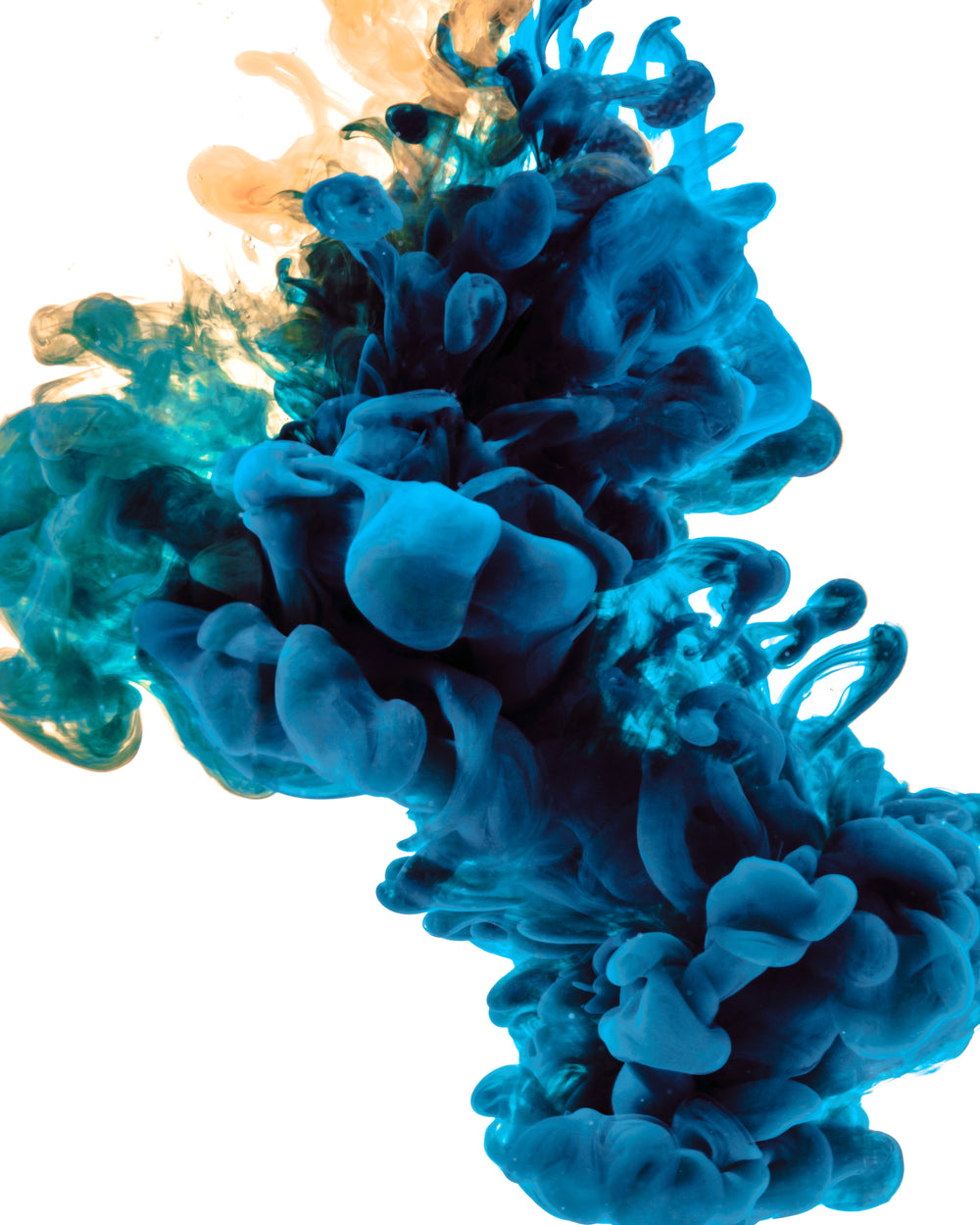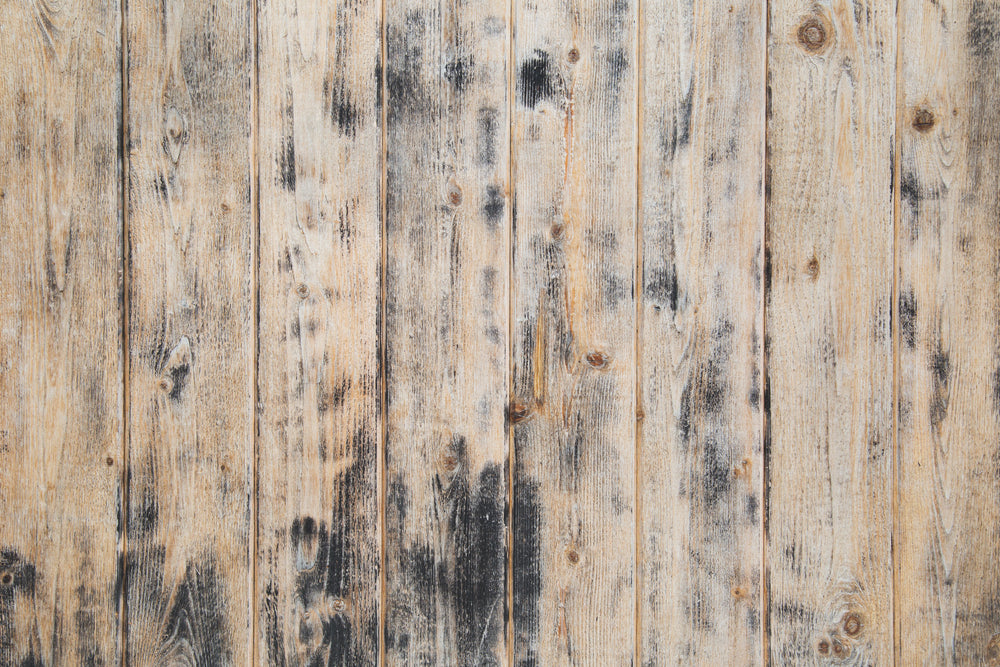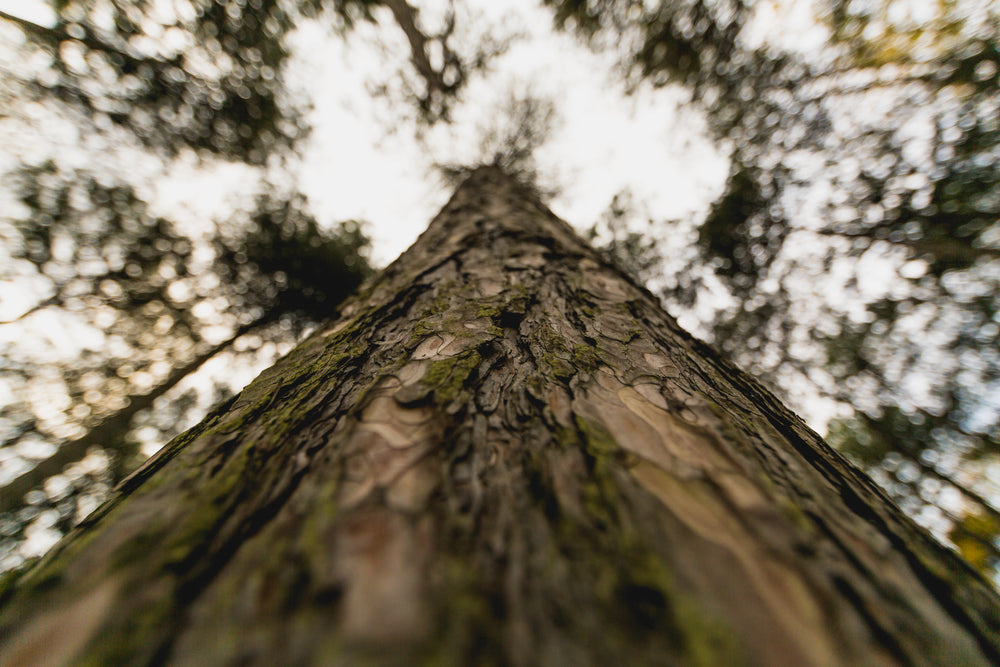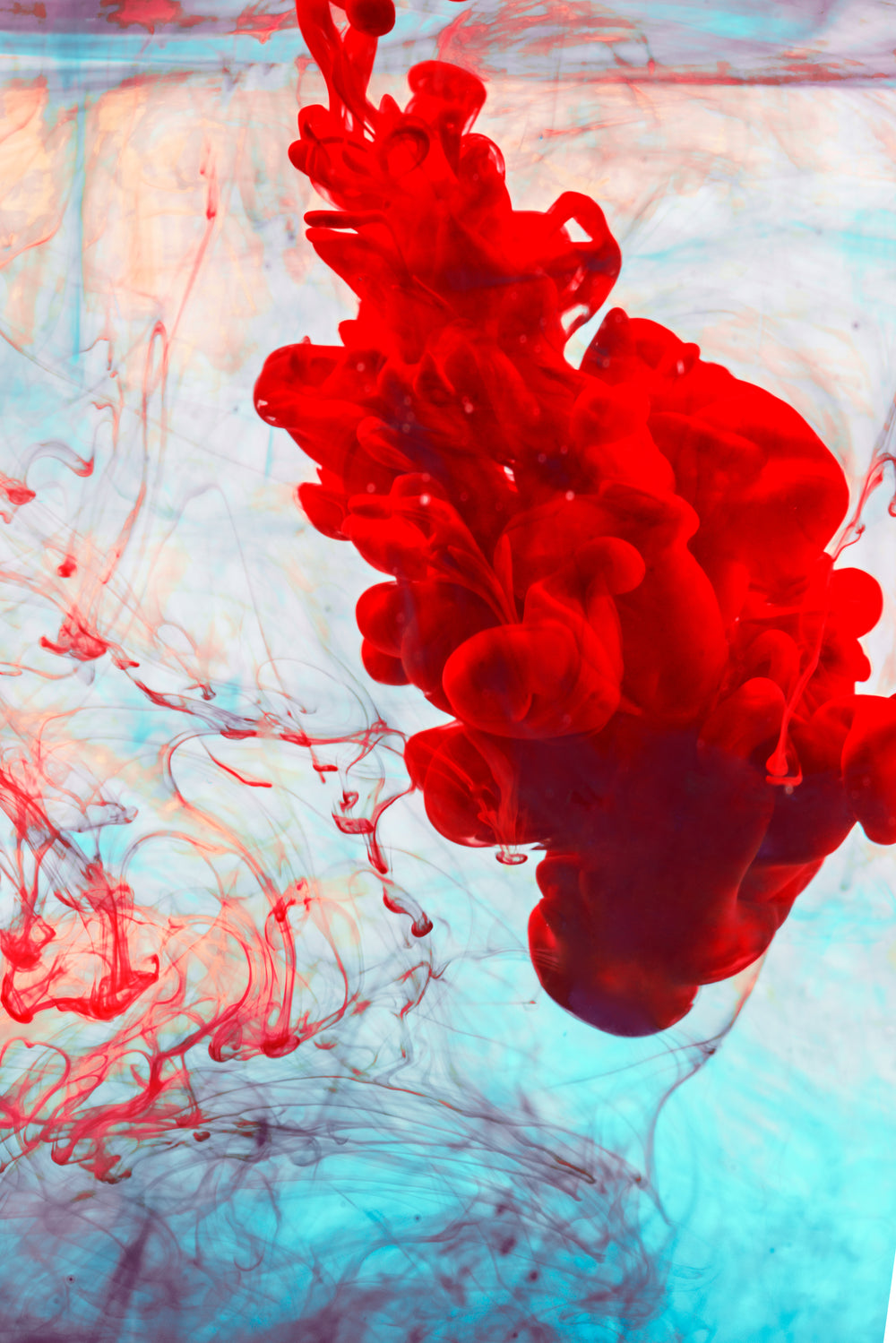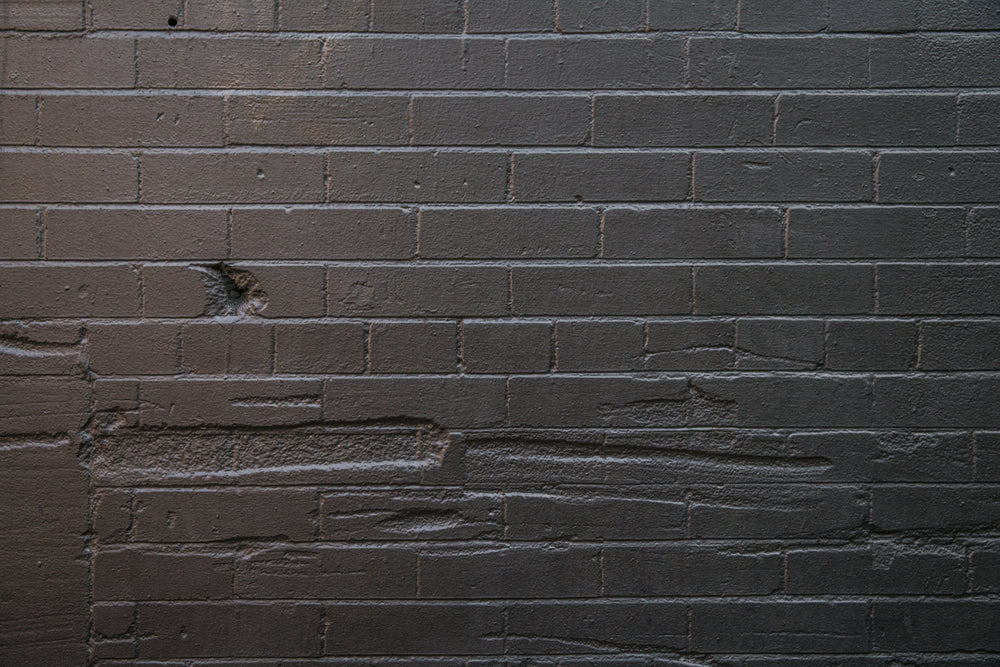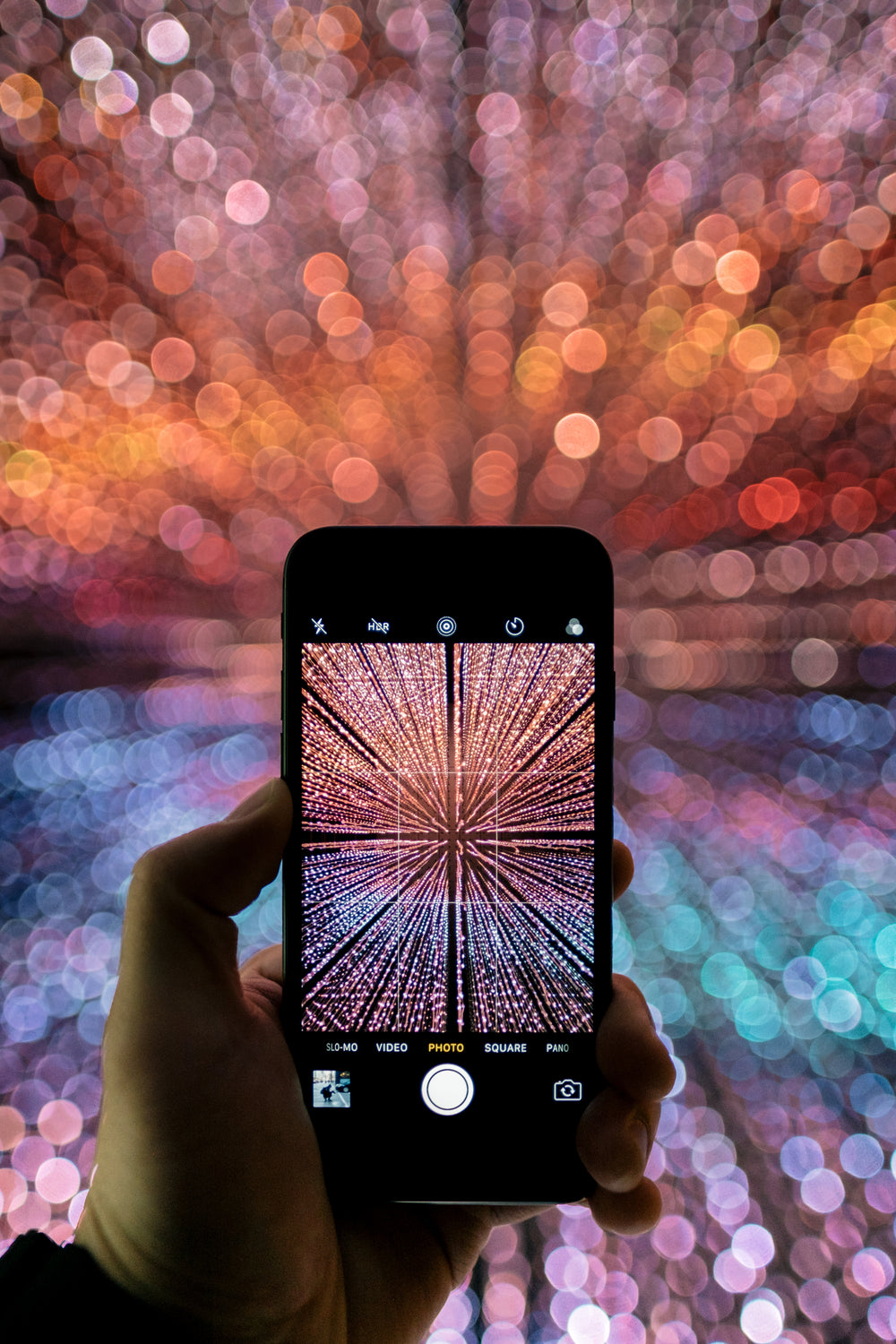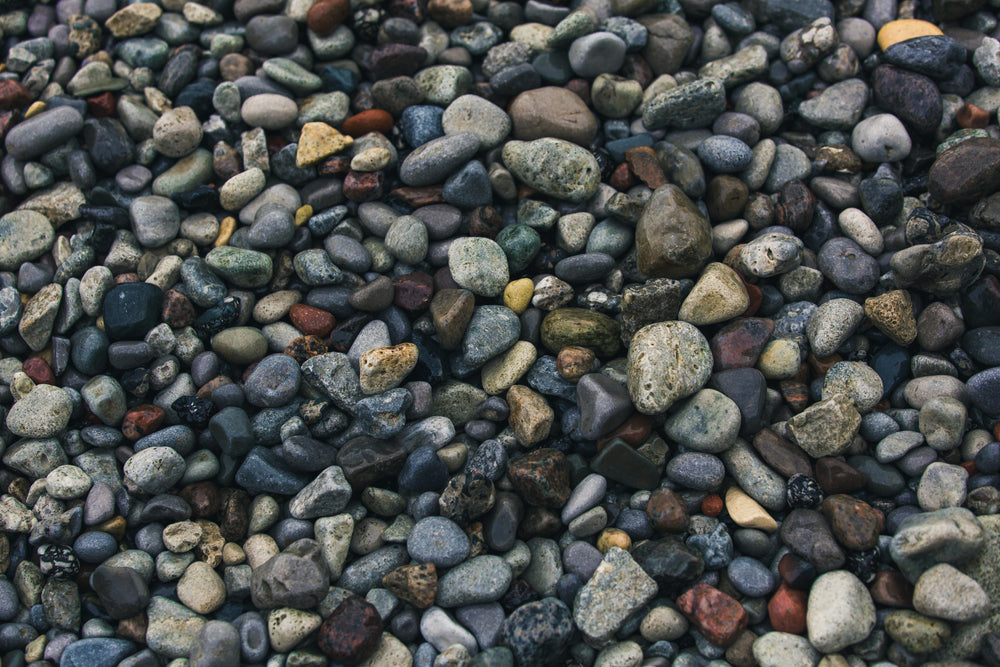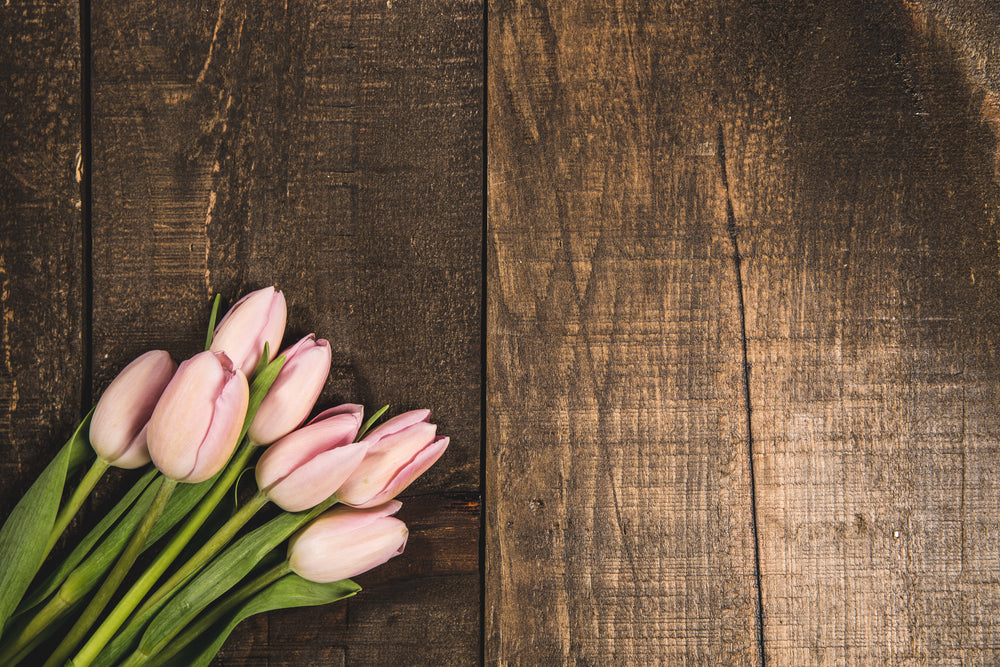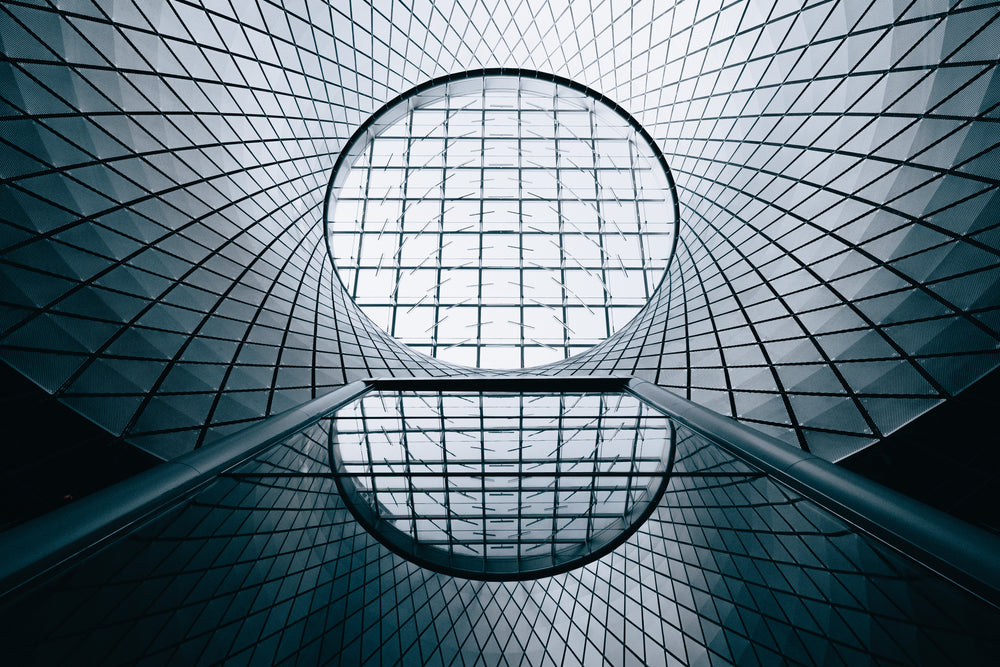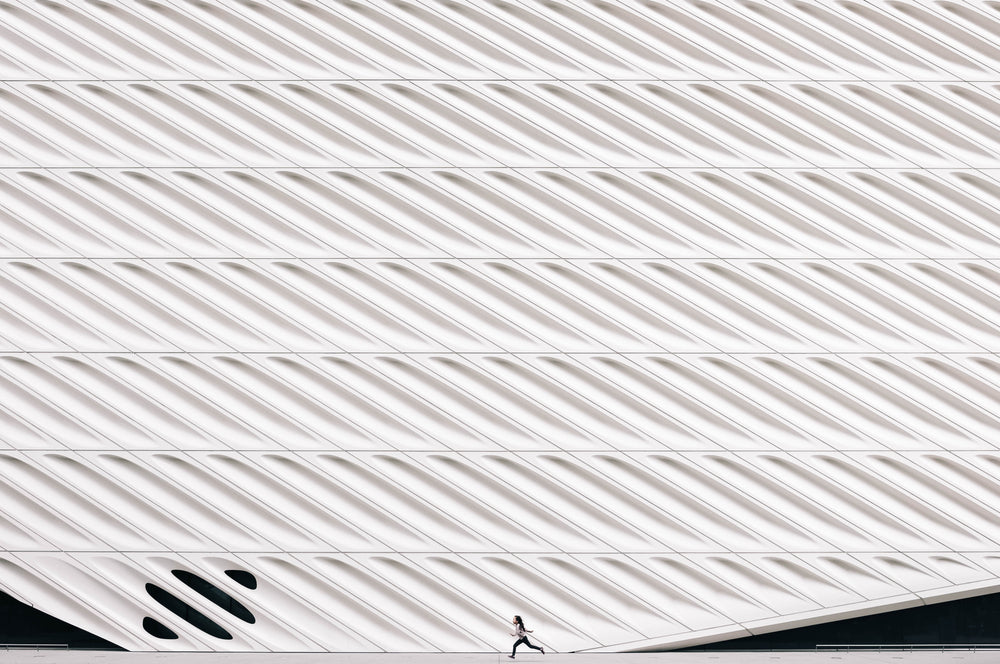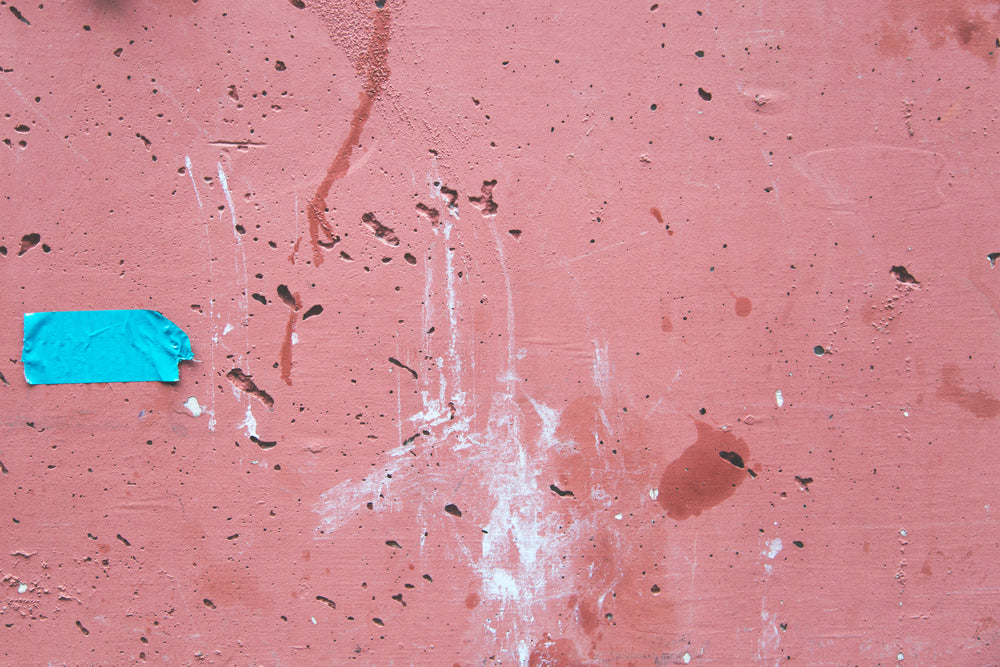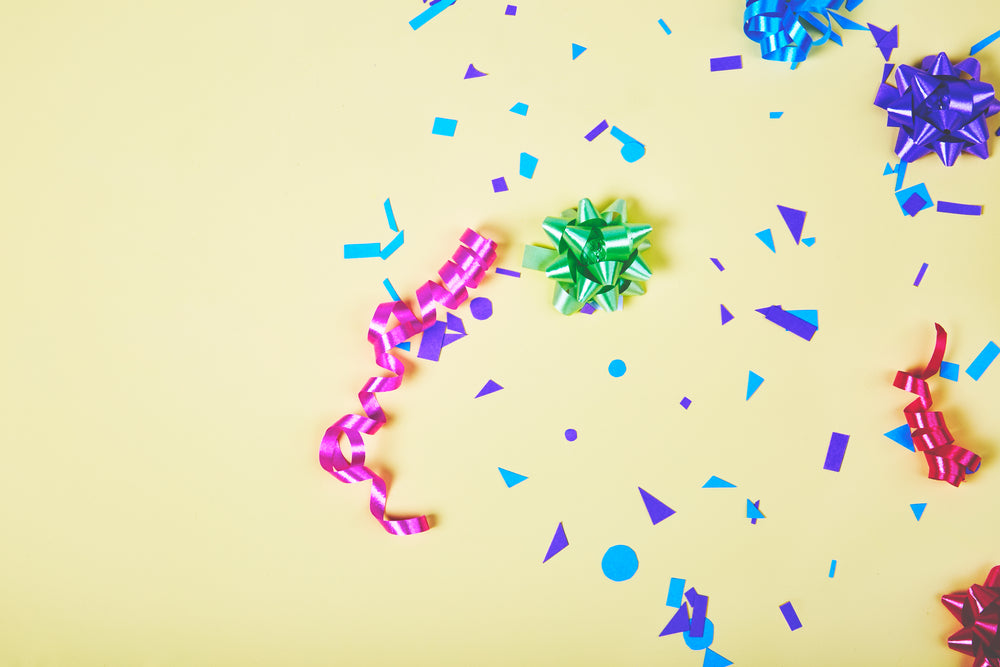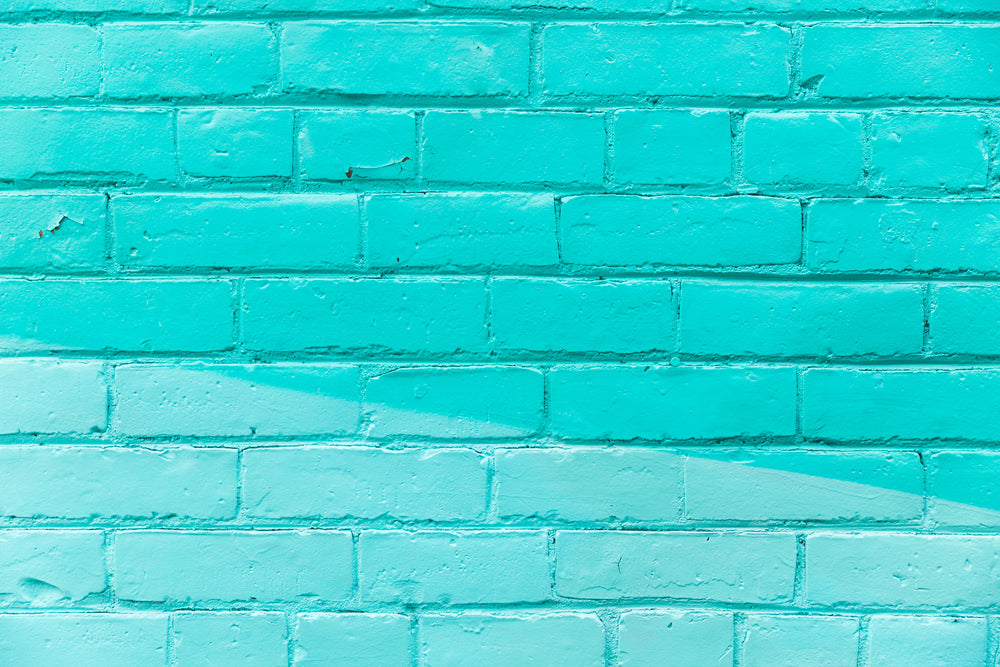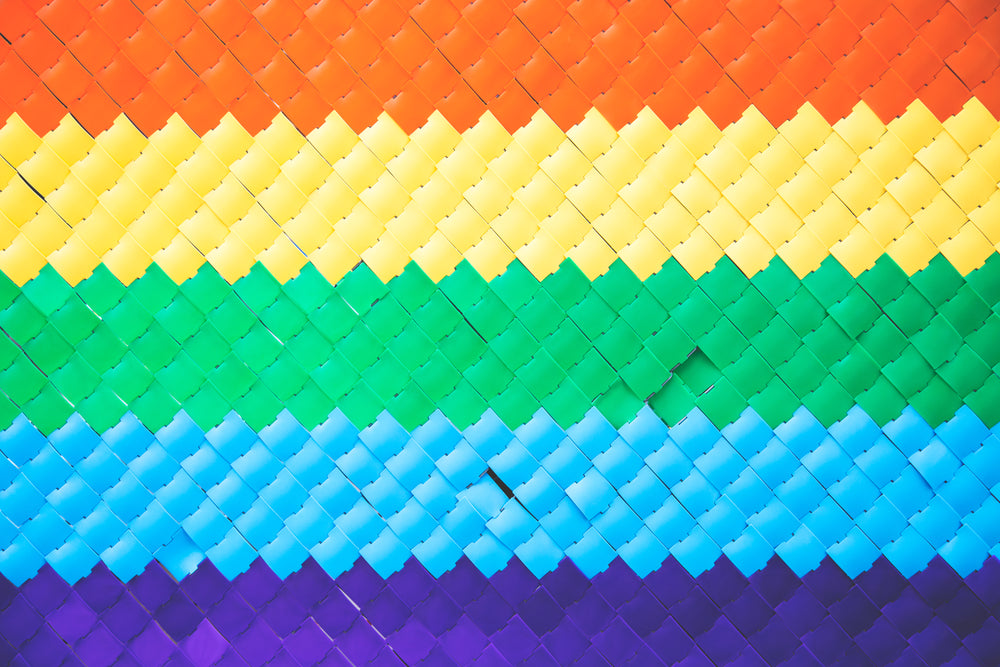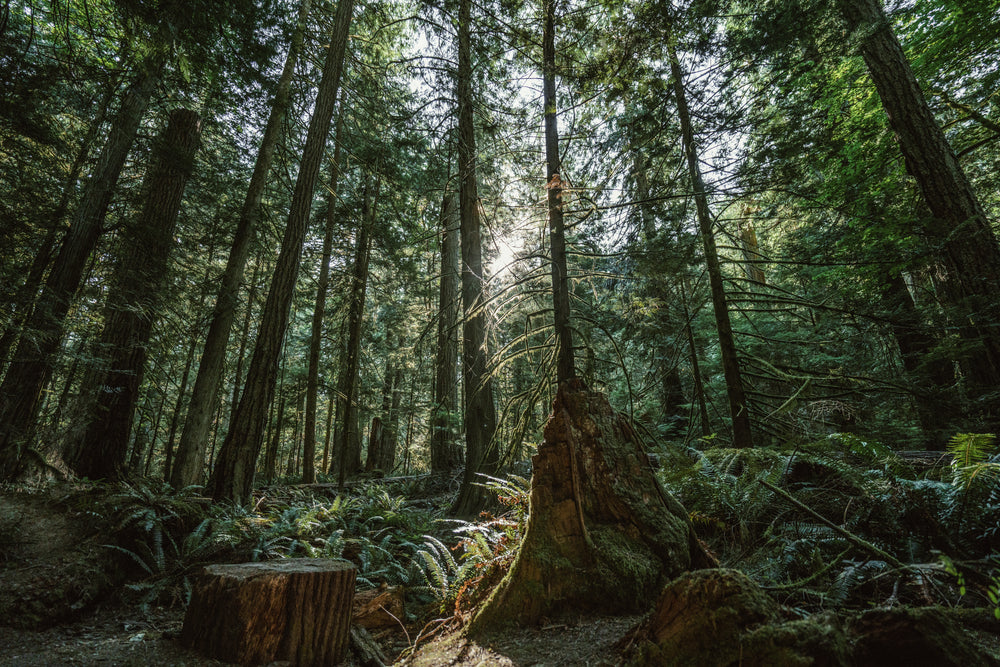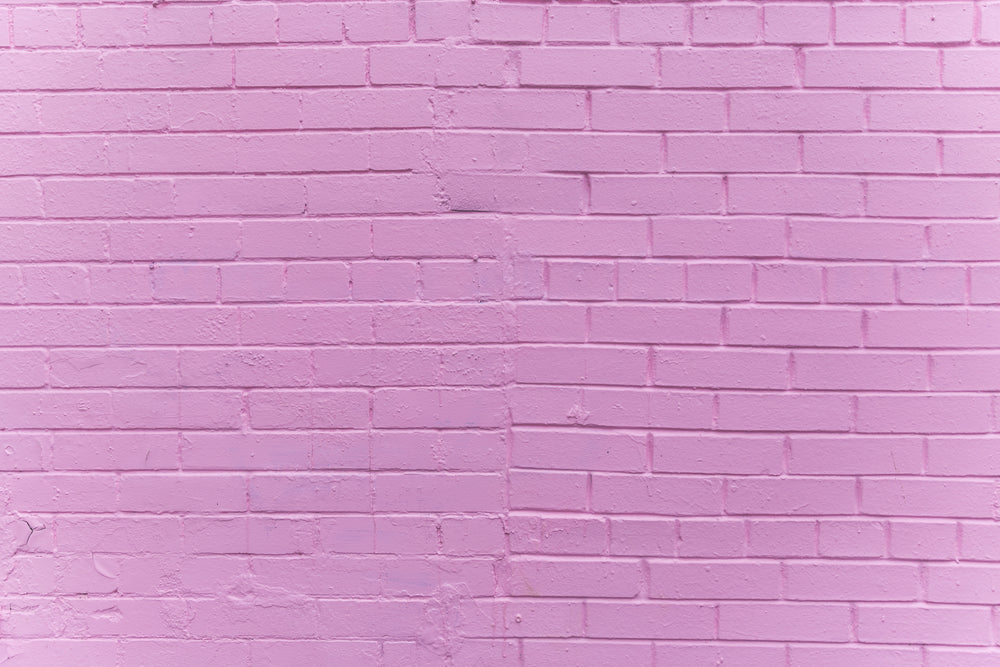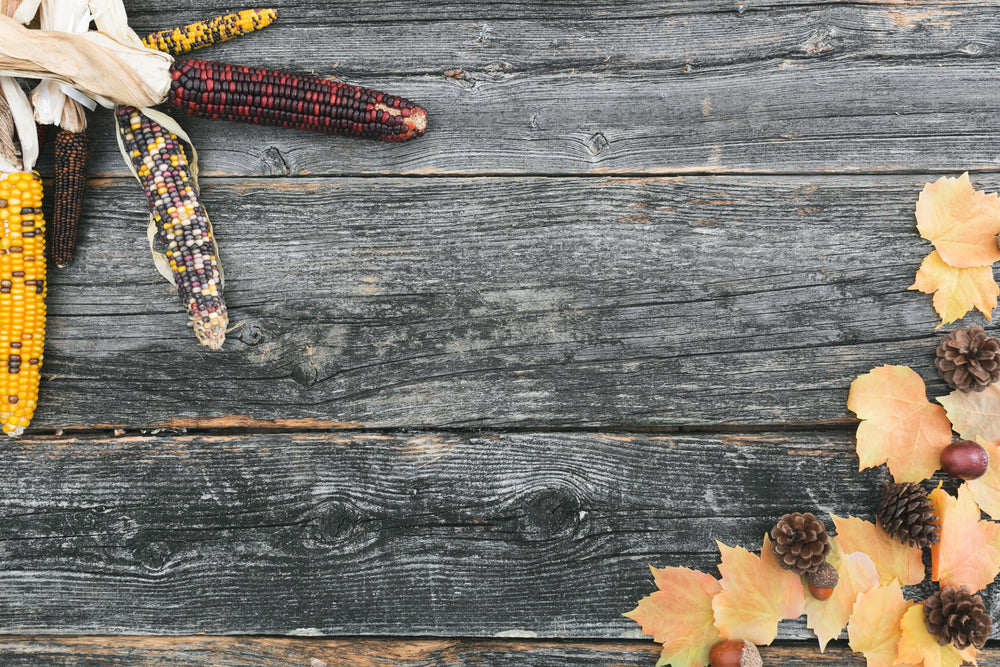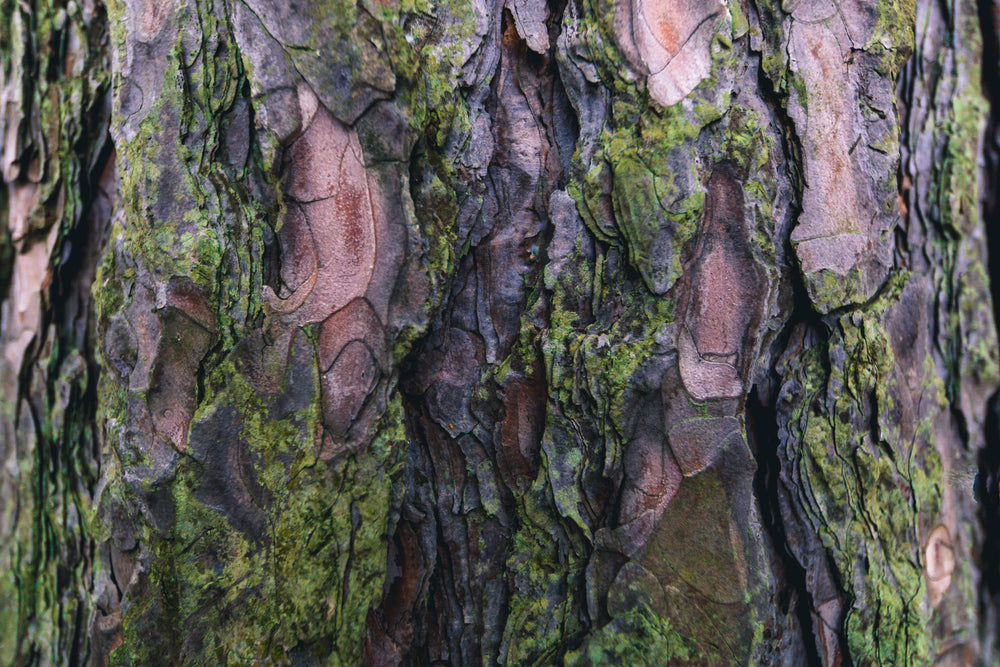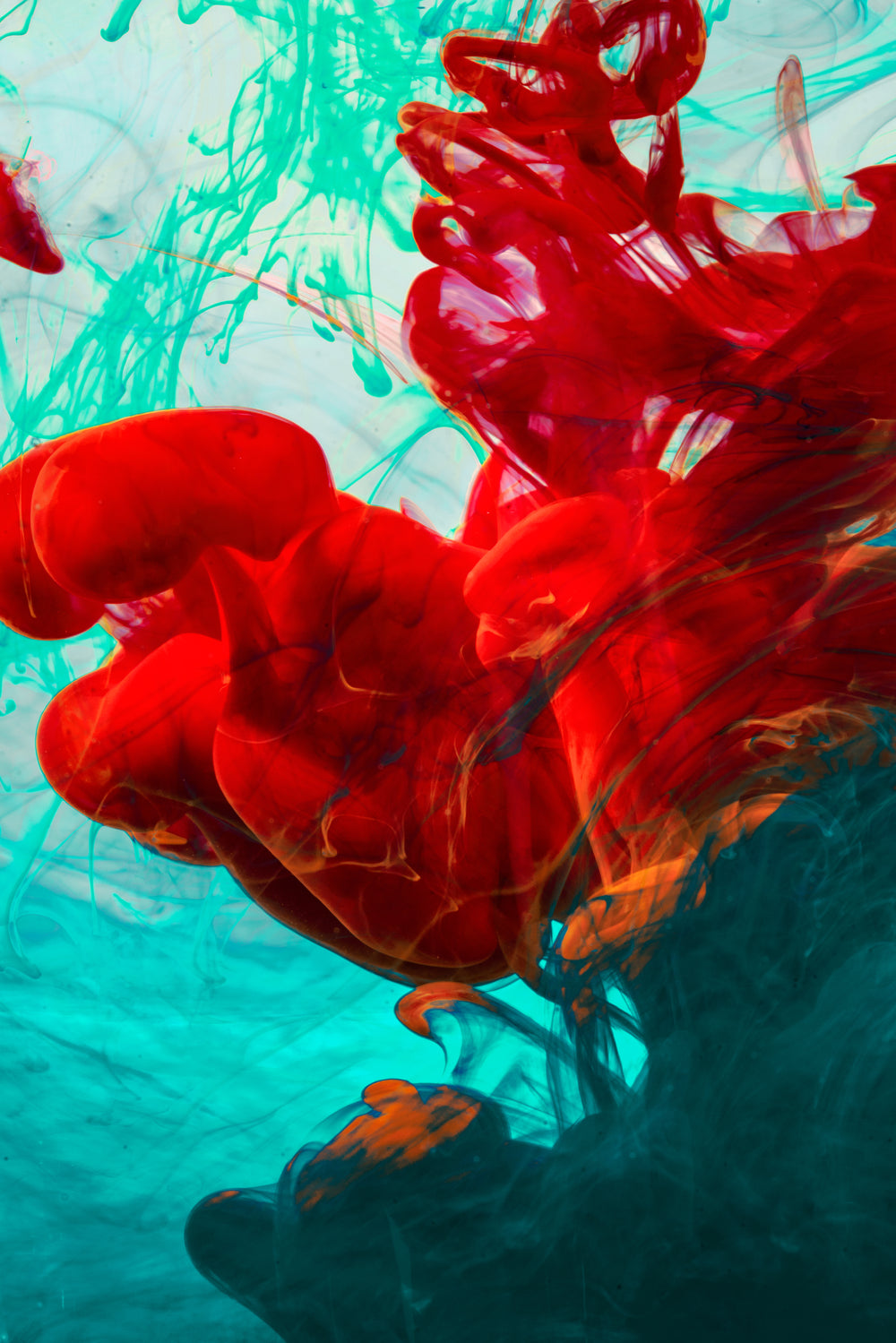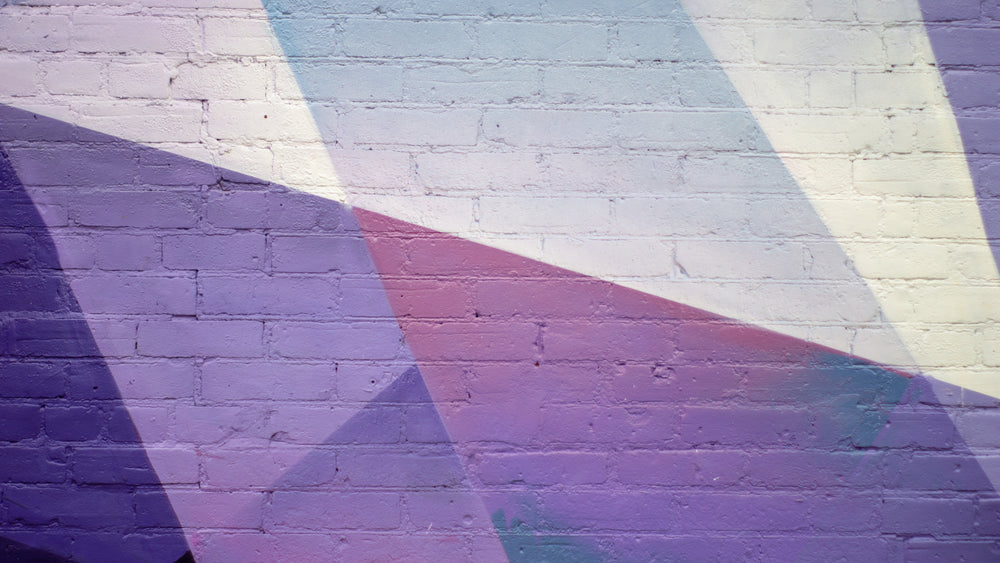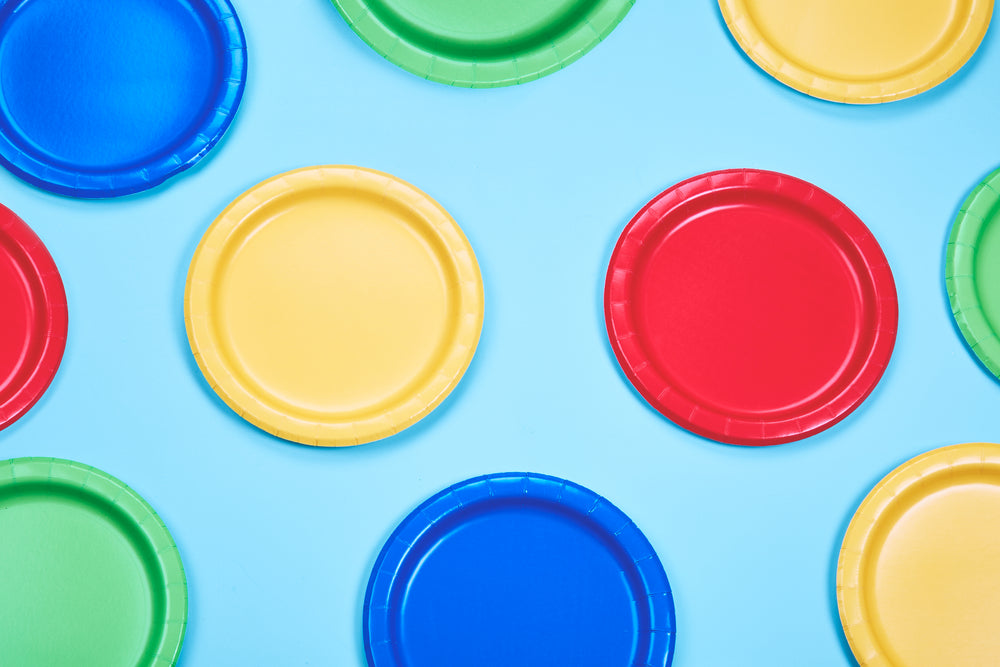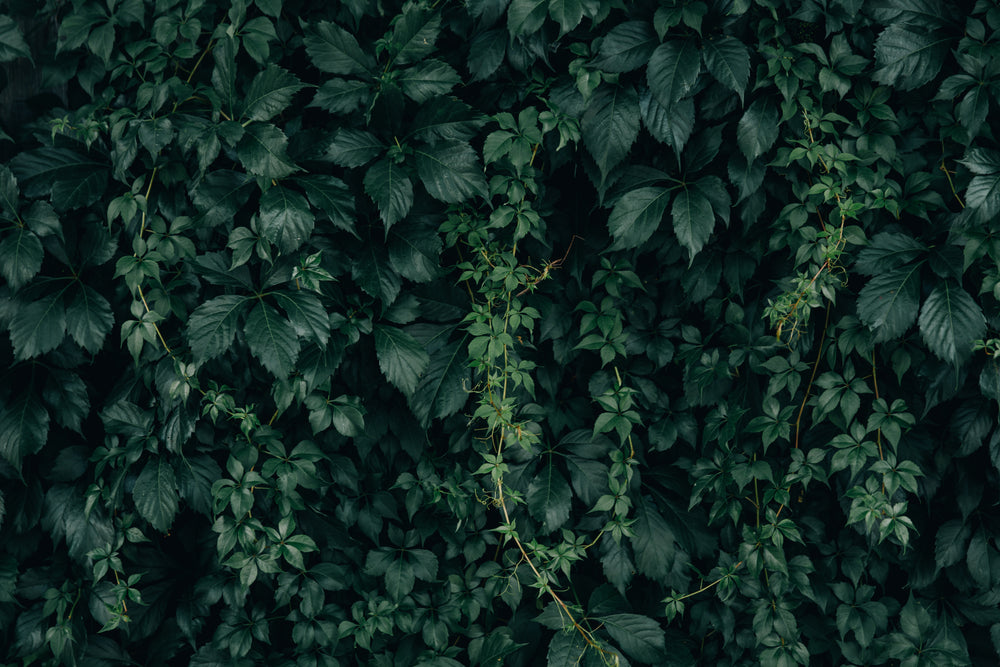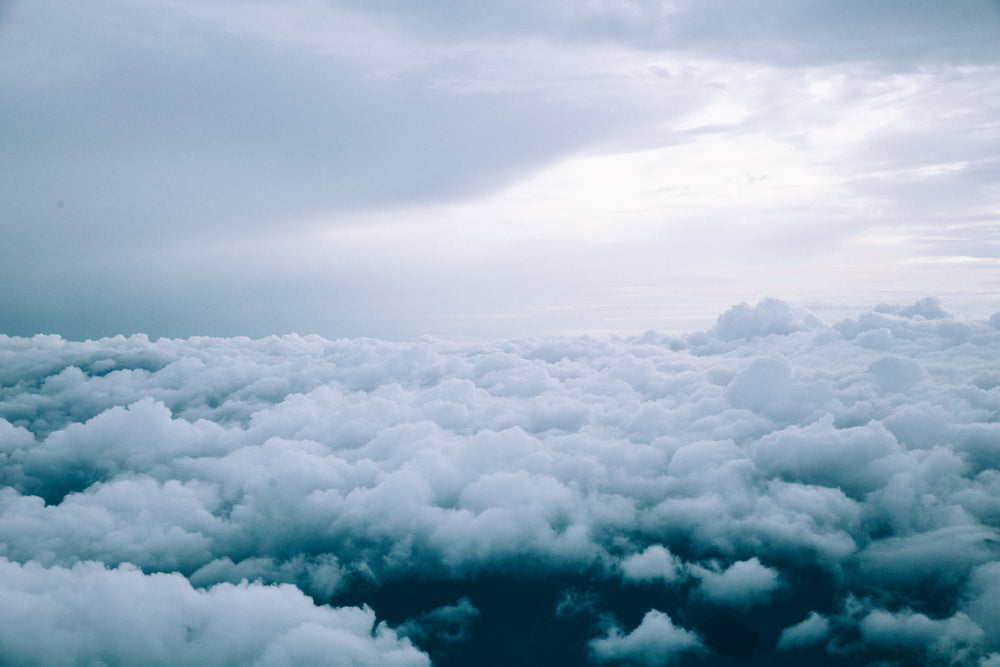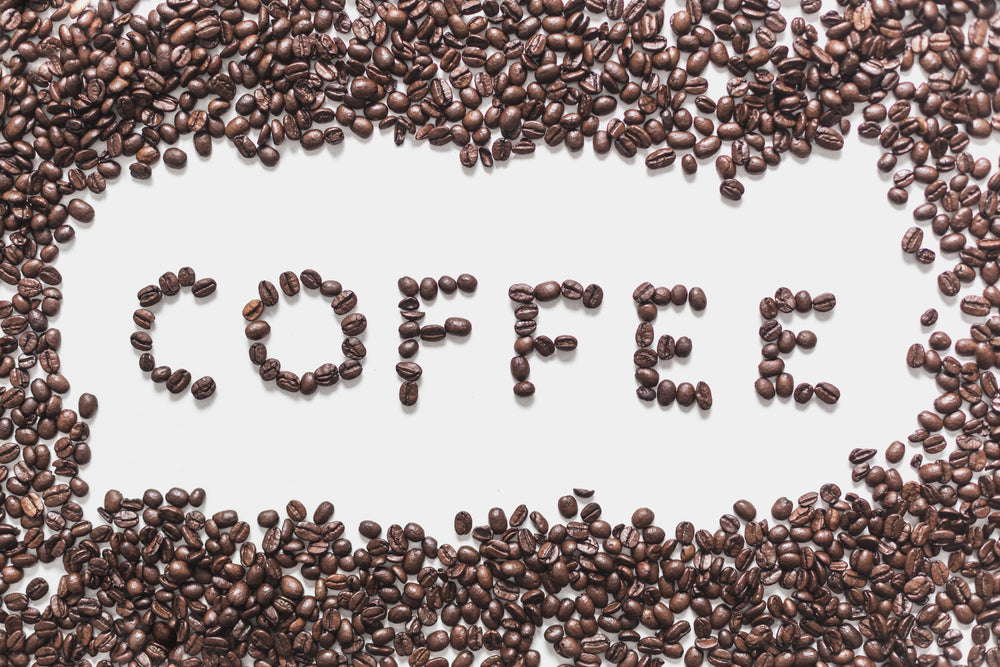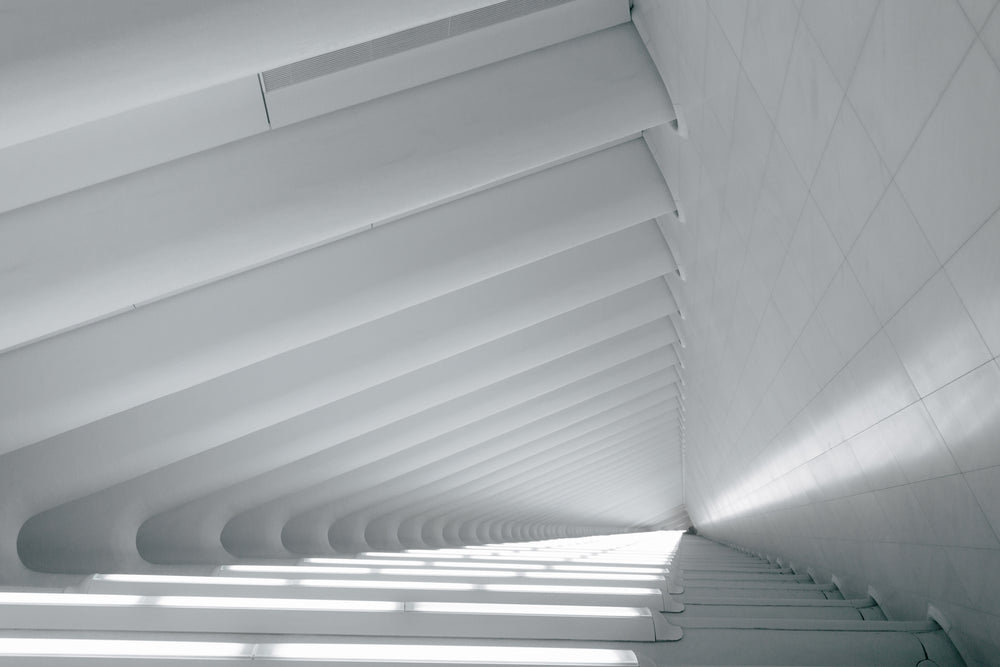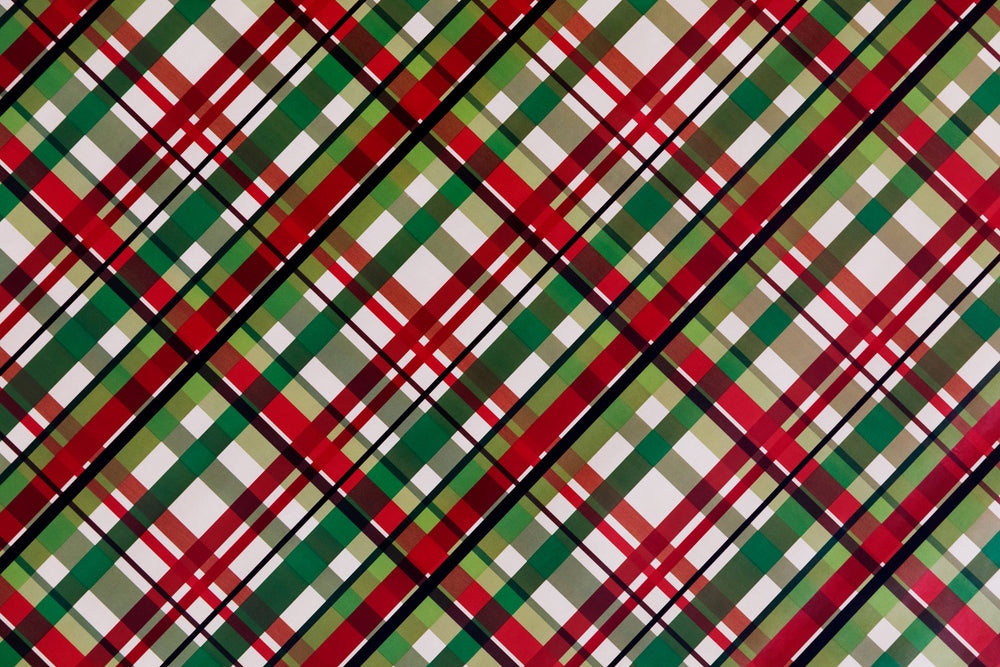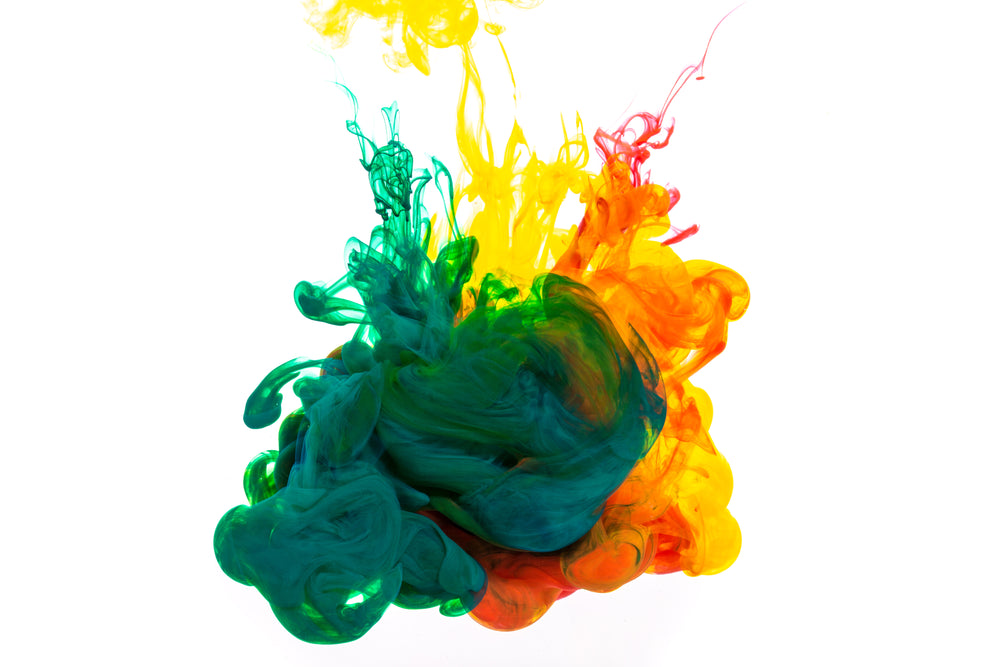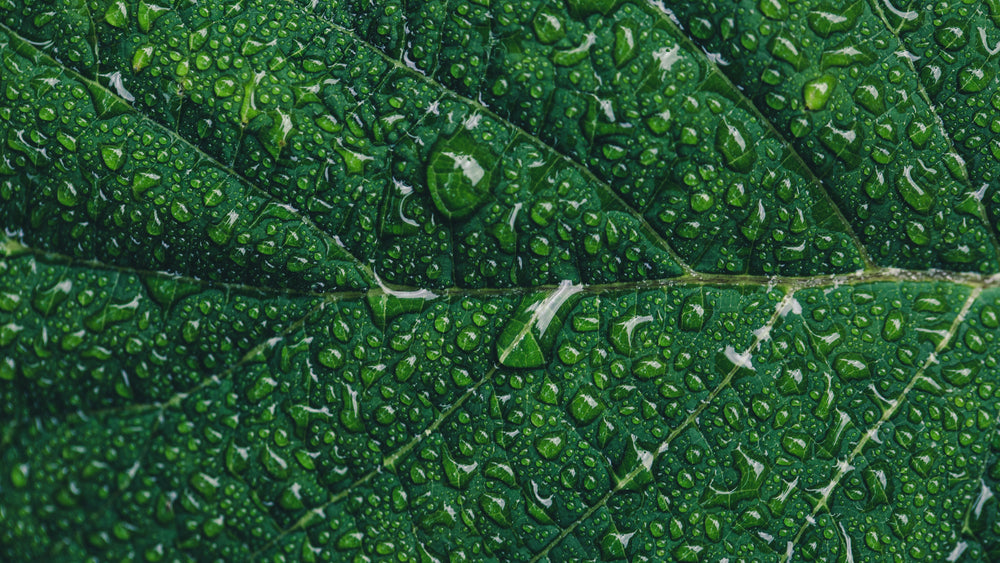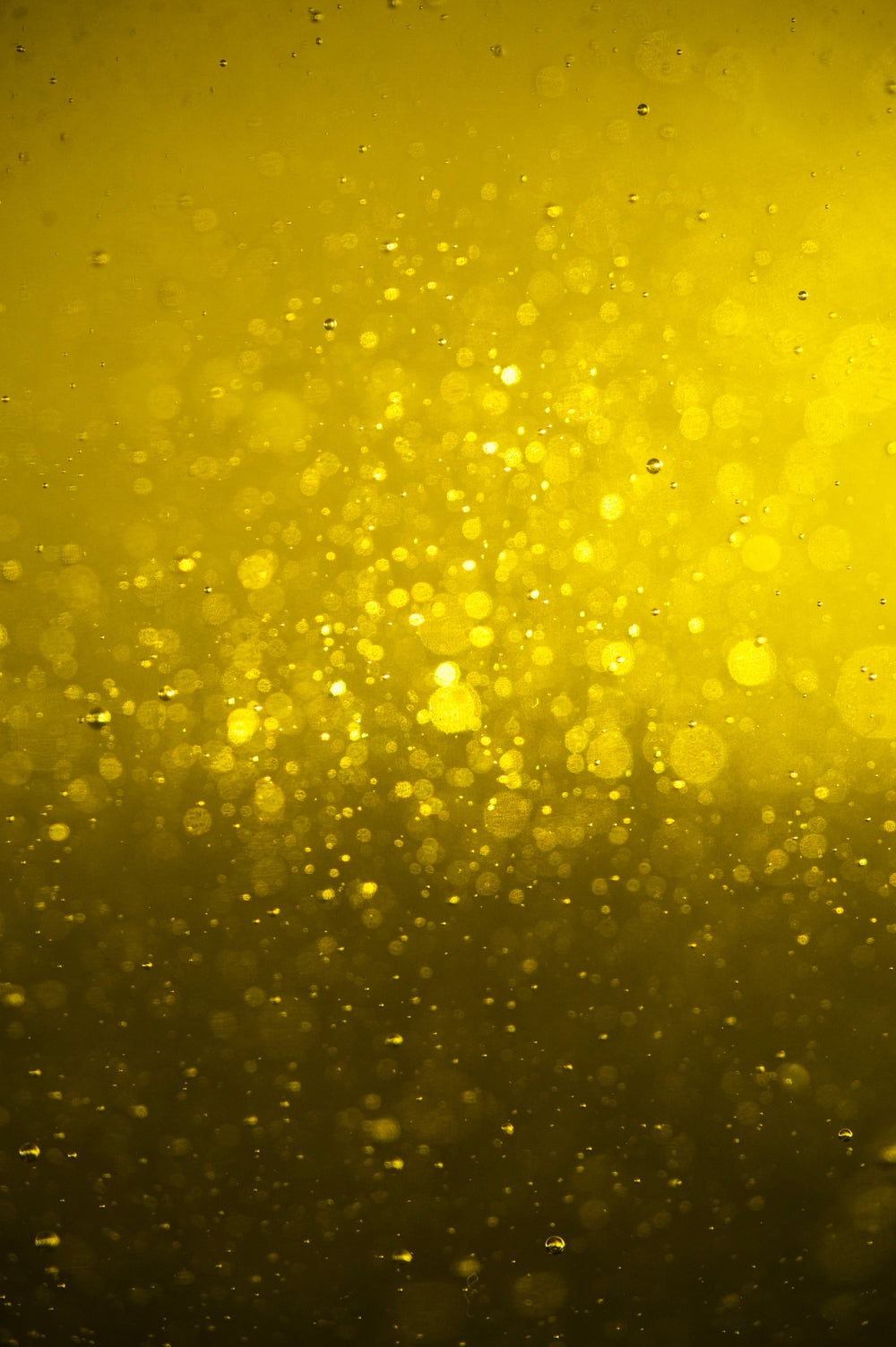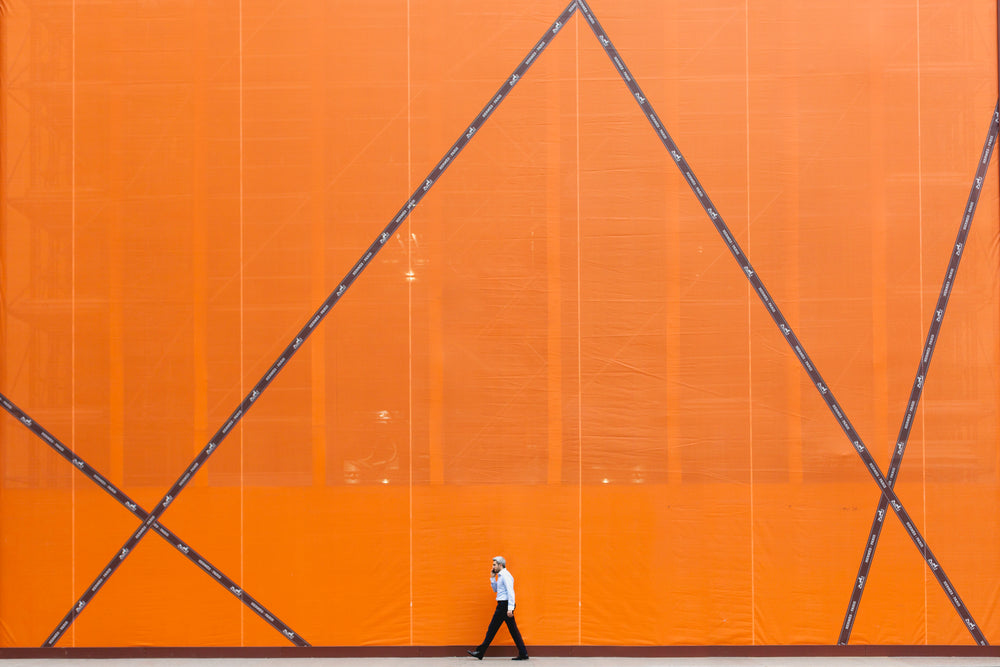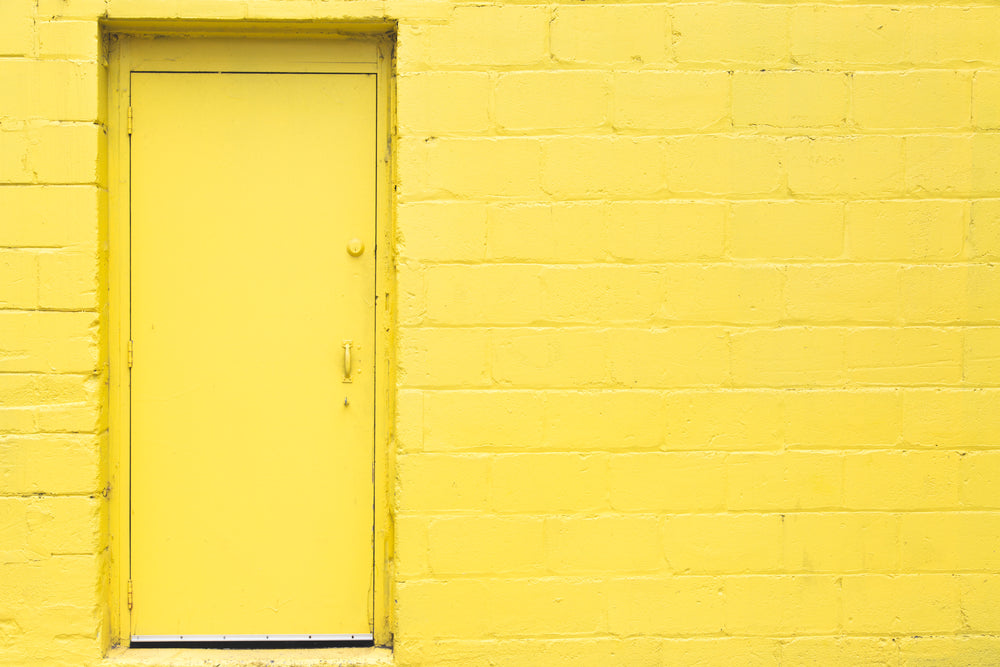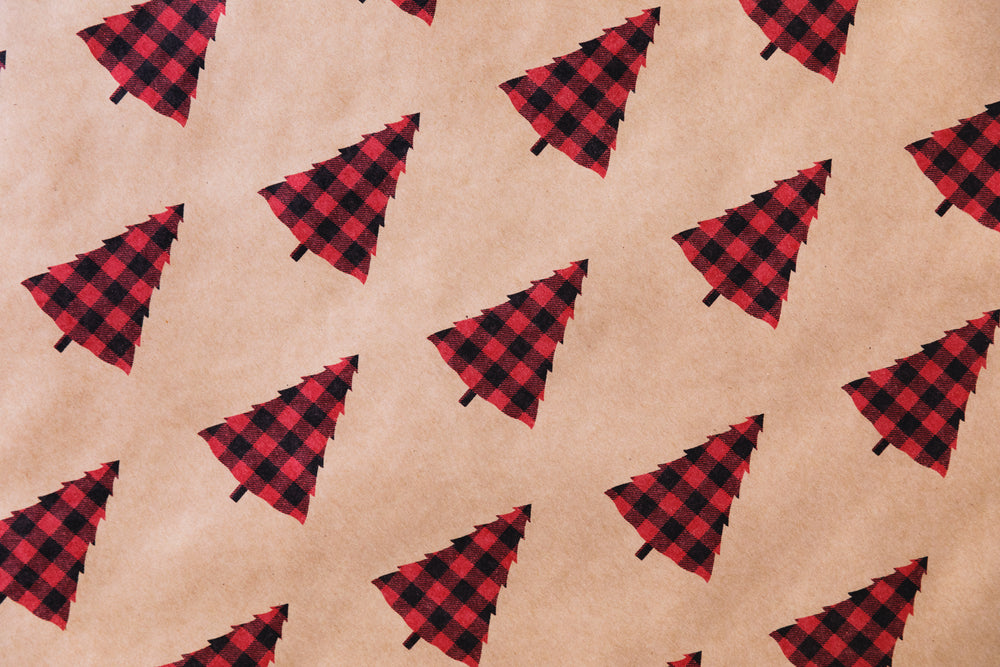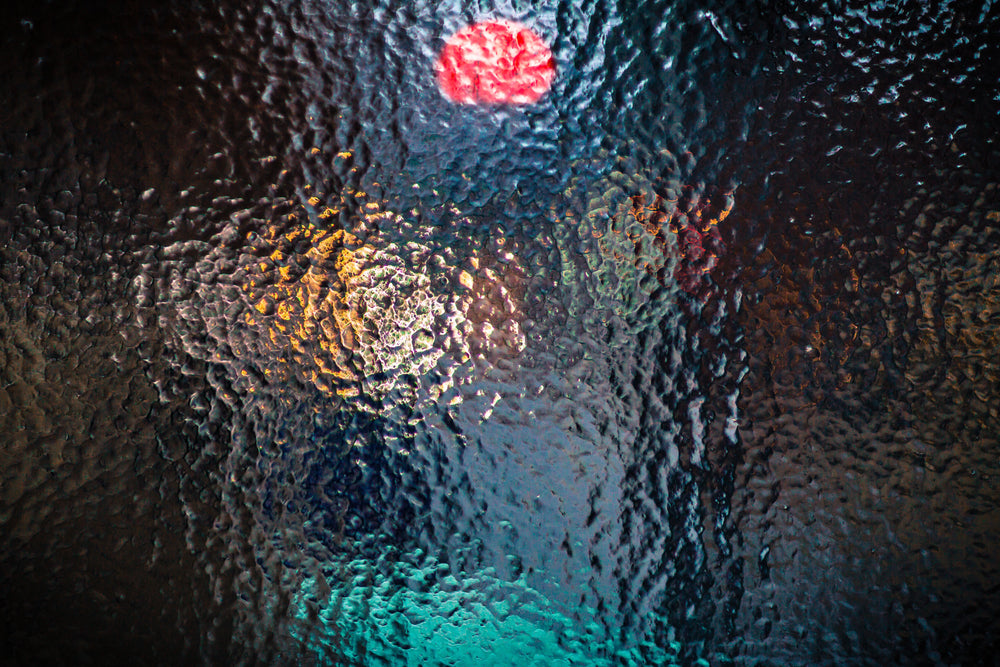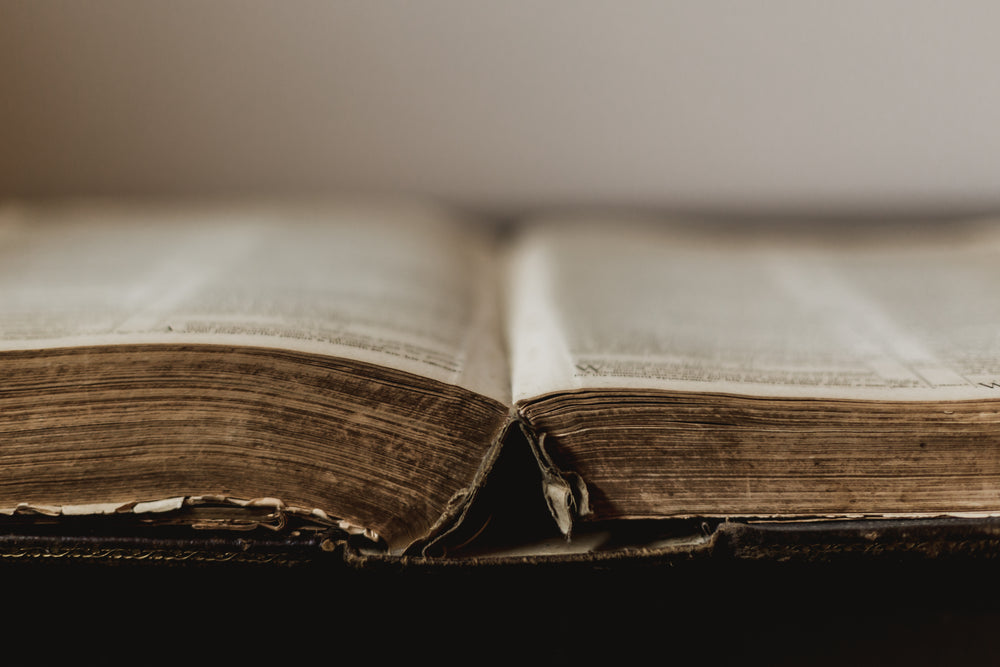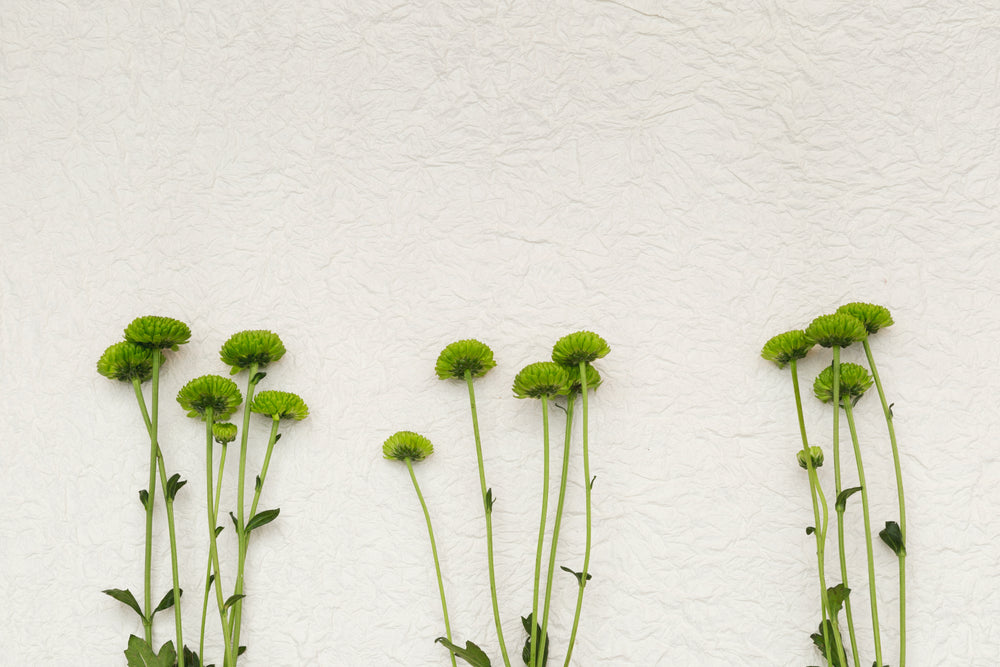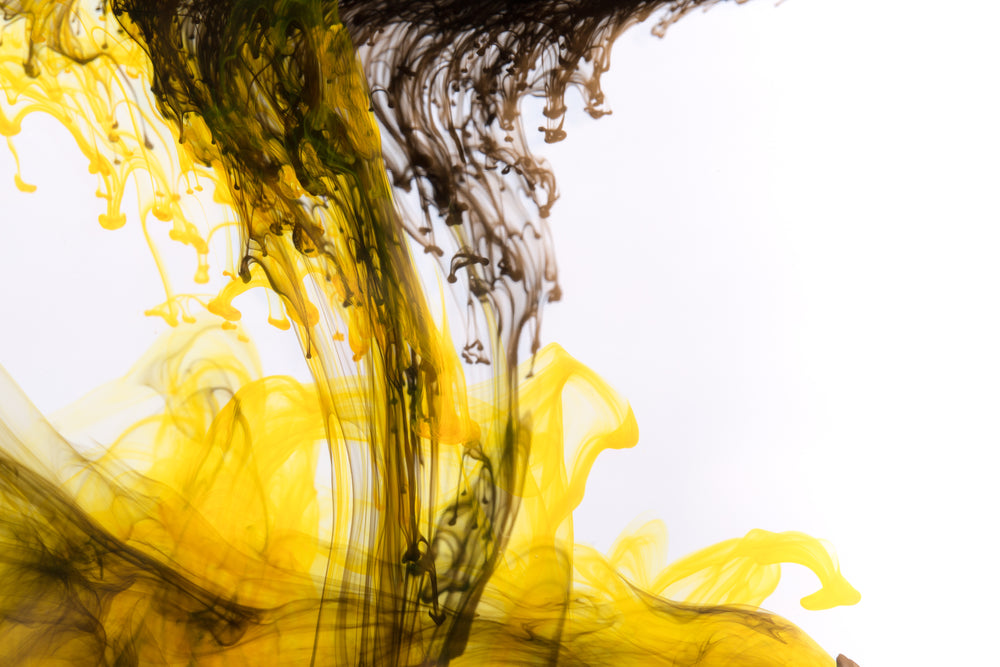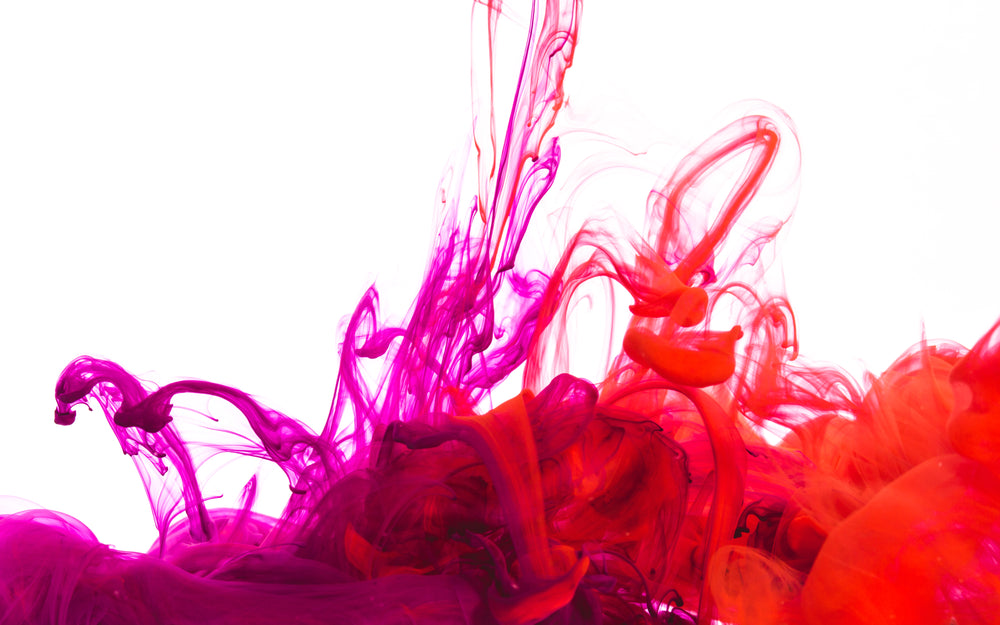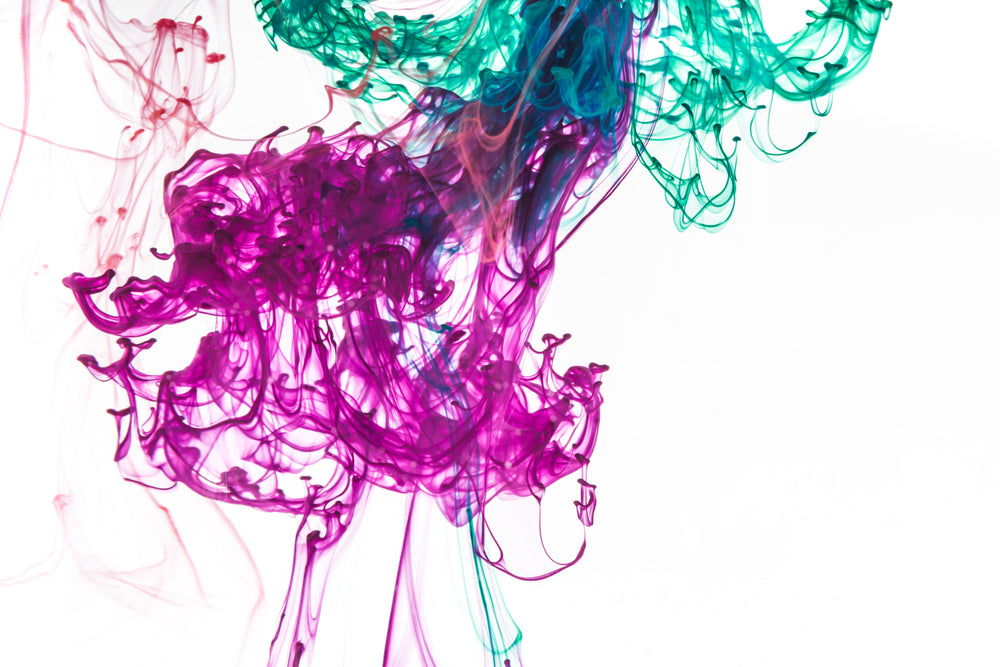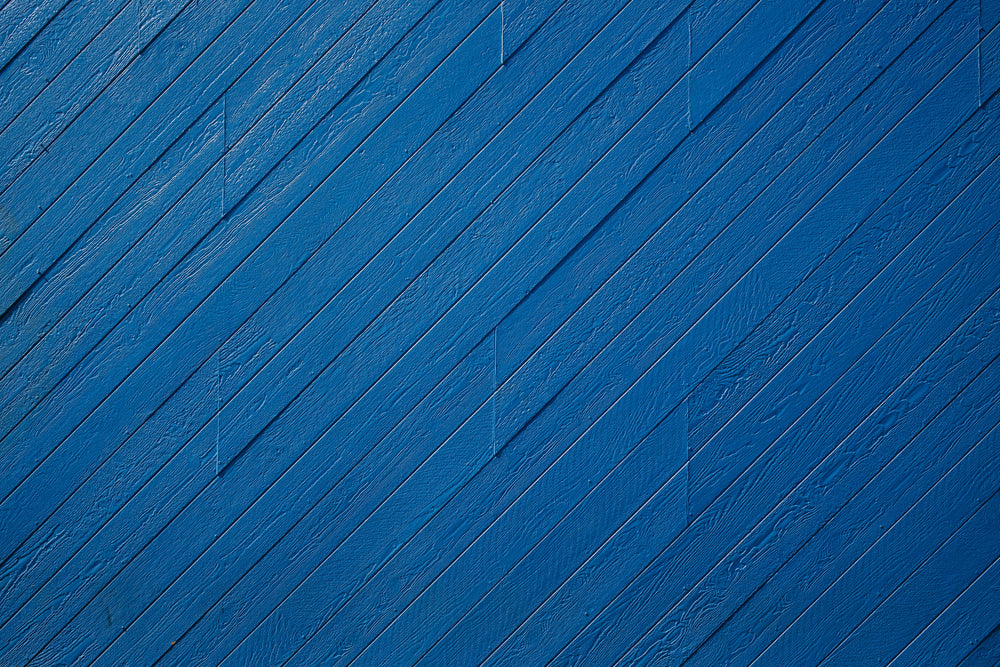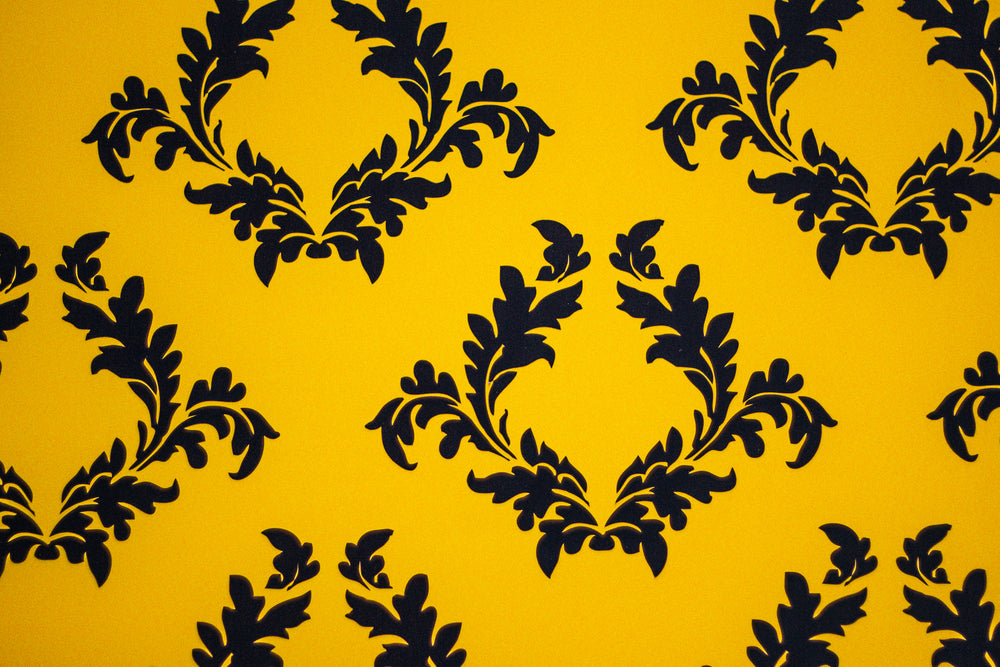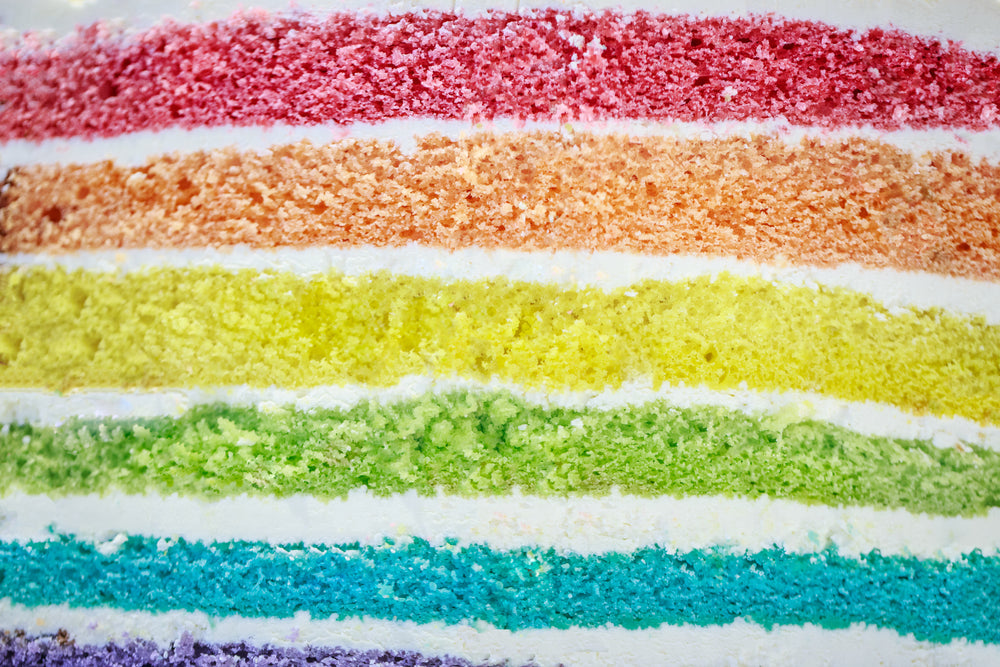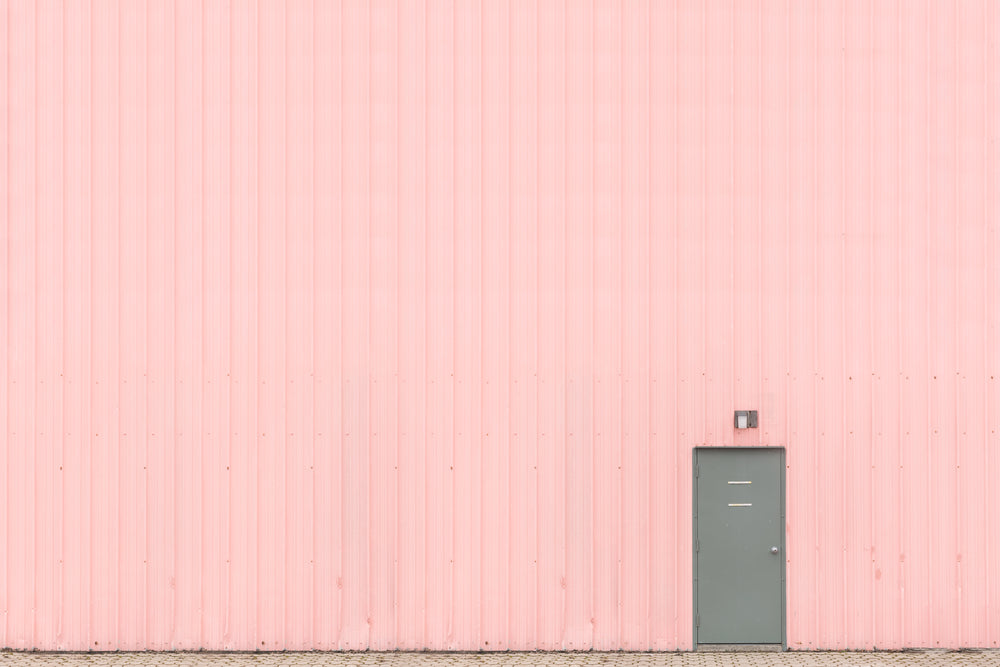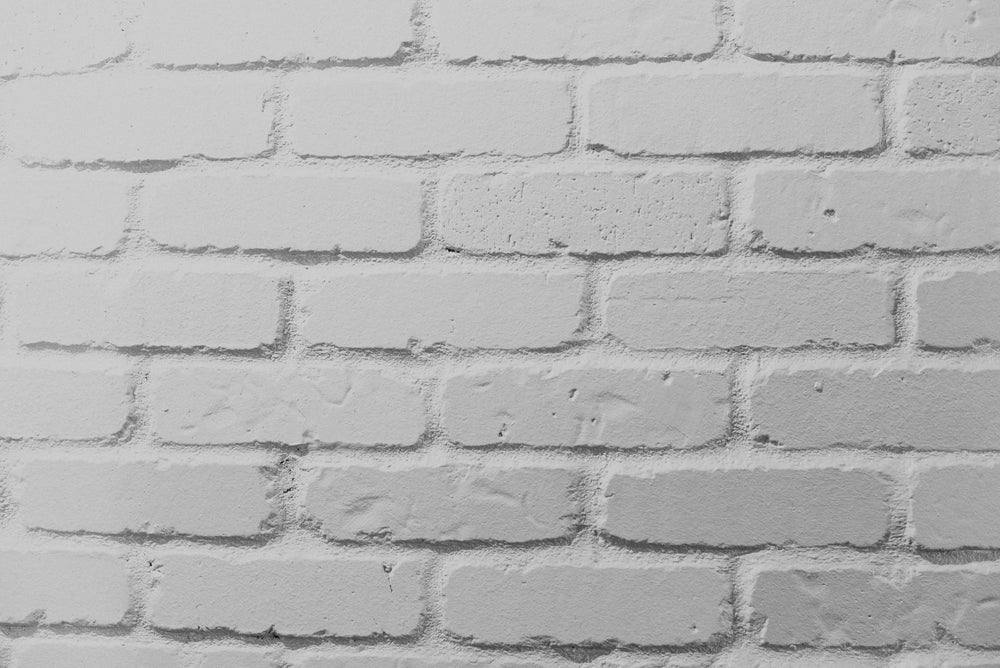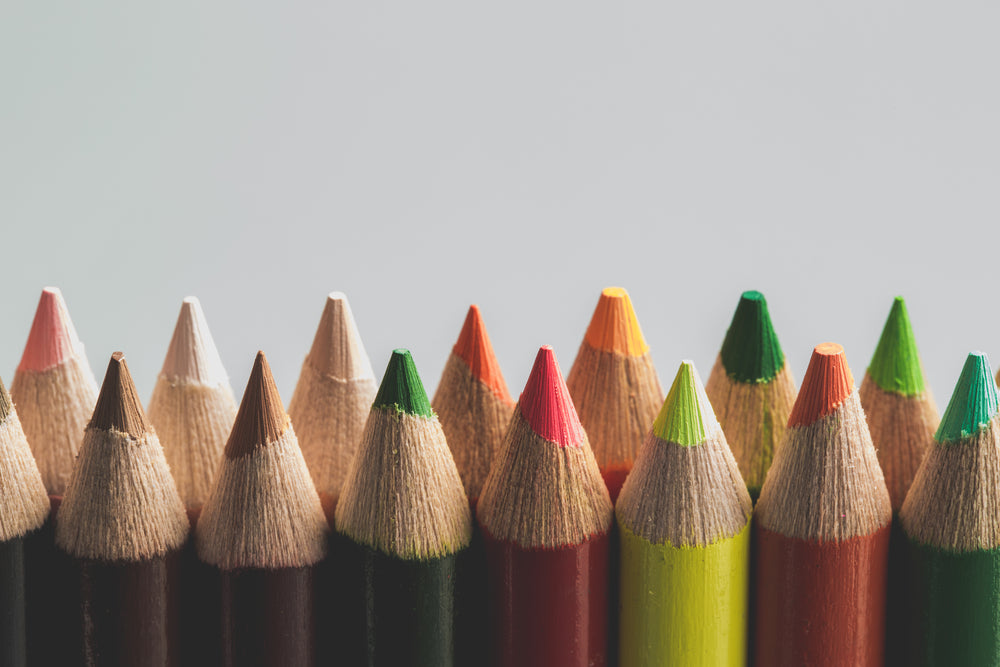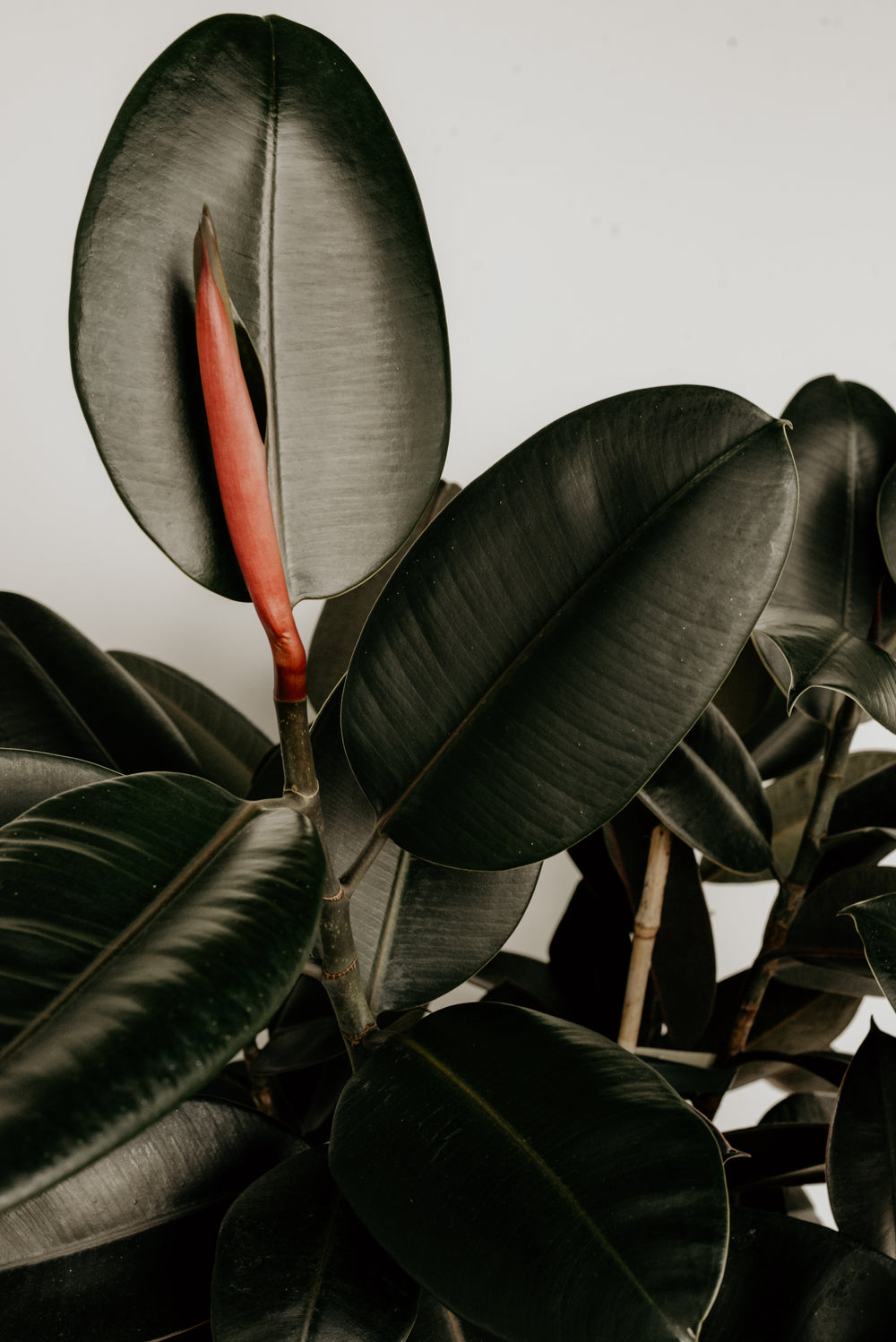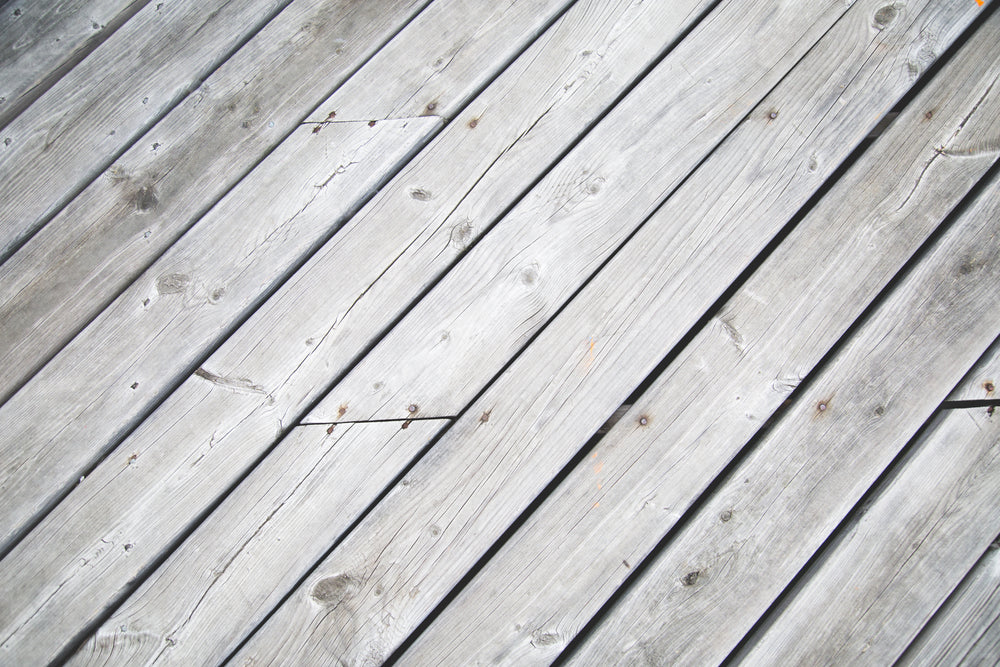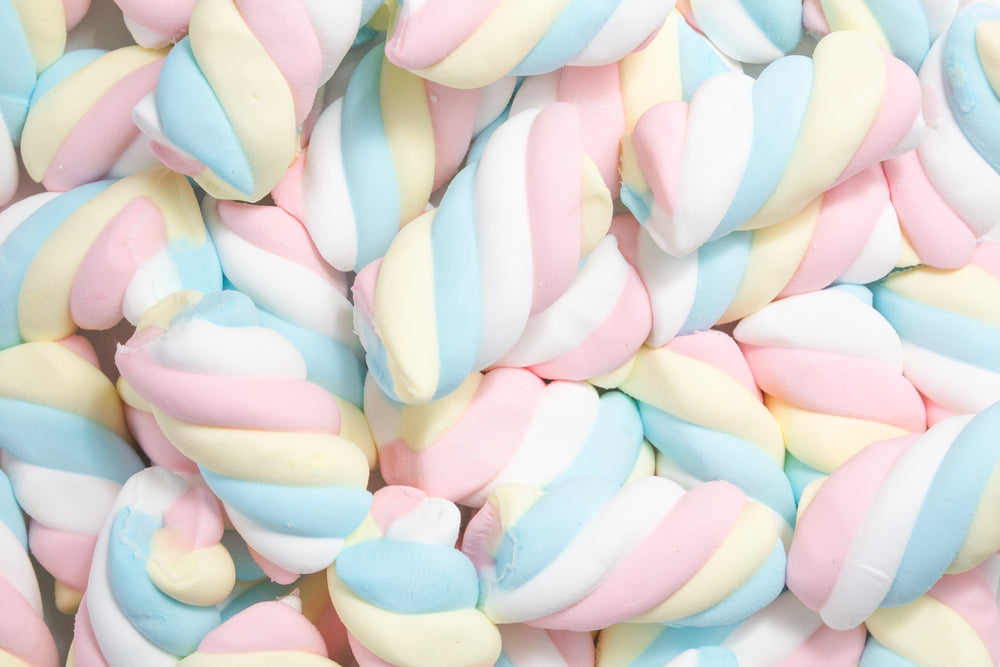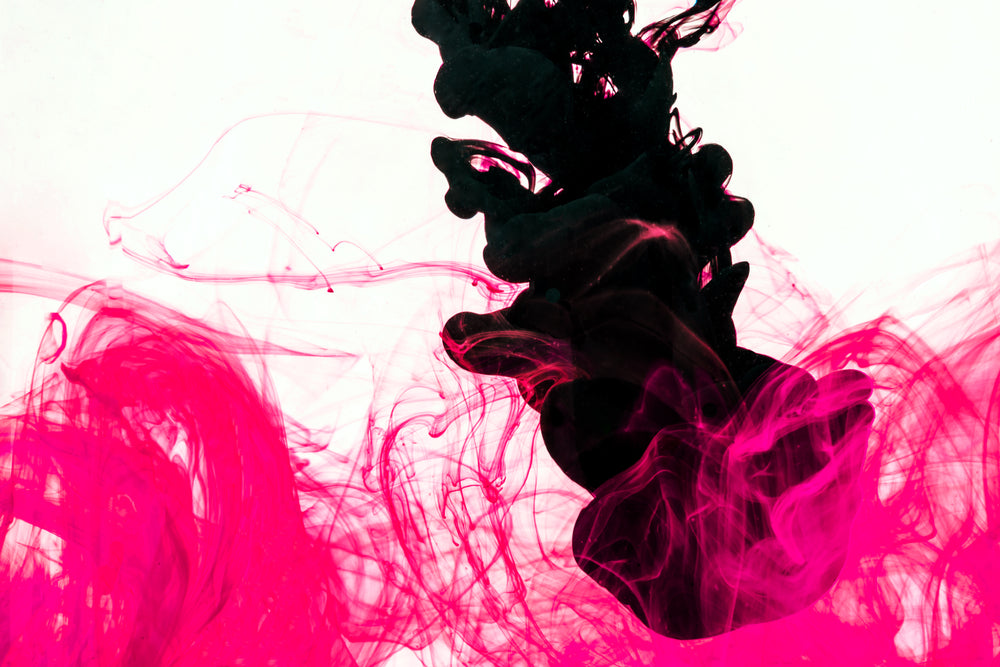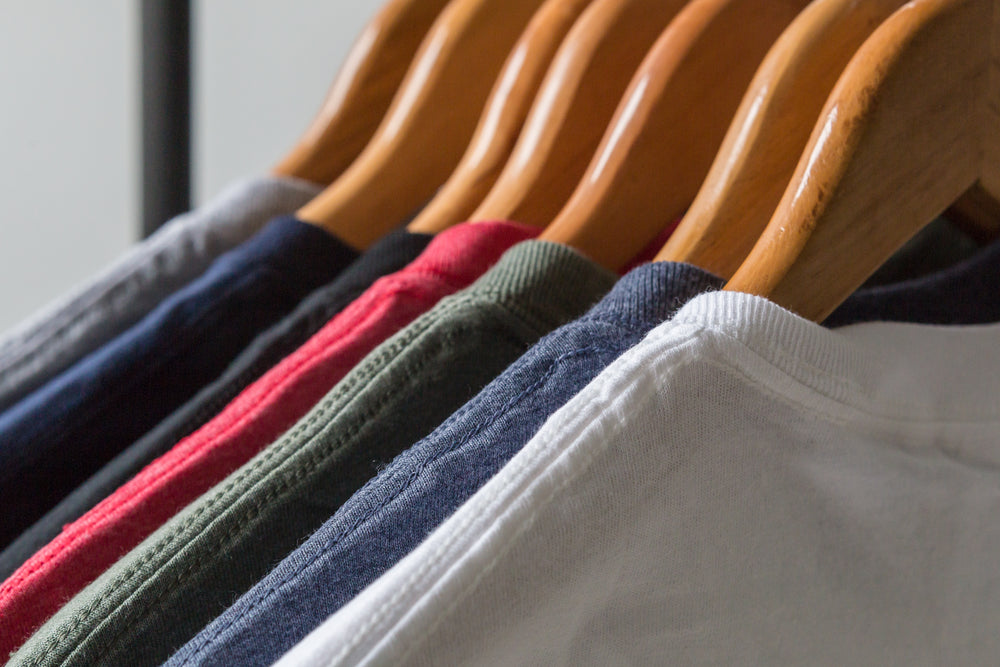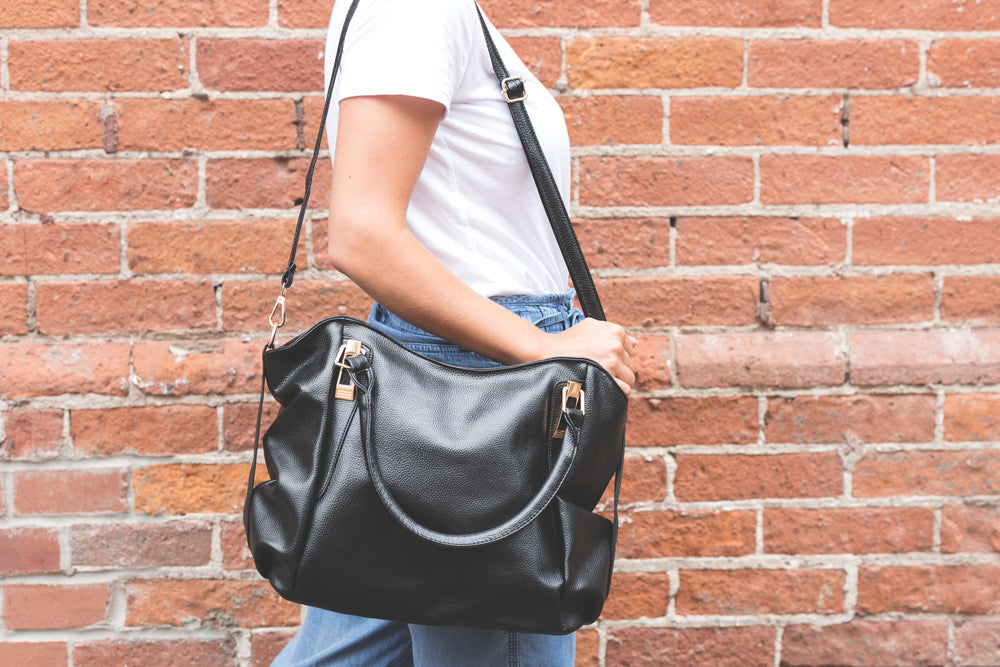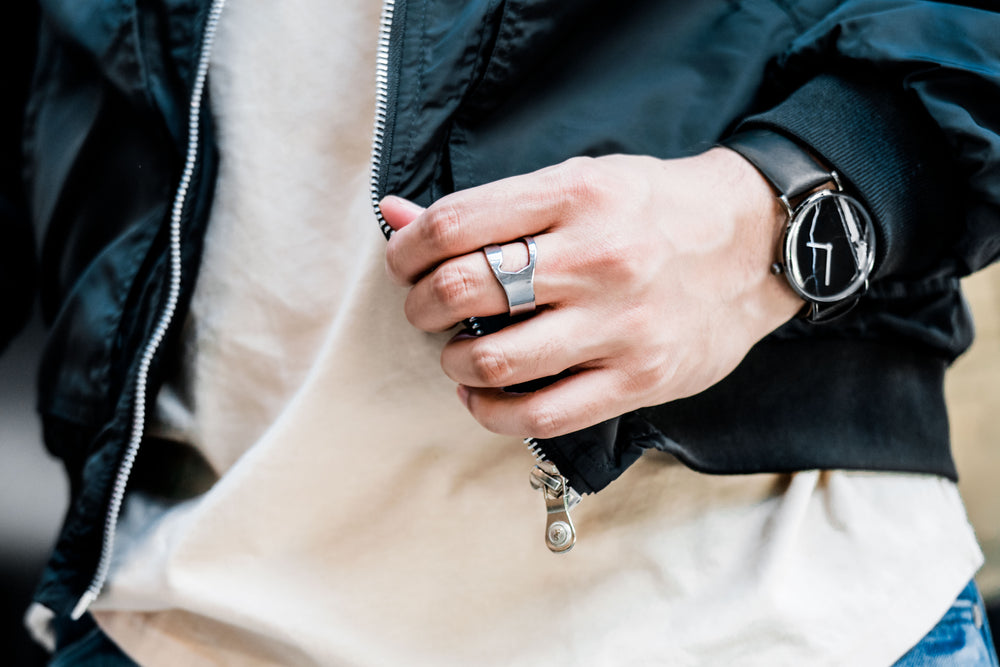Texture Background Images
Whether it’s the soft, whimsical pattern of pink clouds or rough, rugged feel of grey concrete slabs - texture can severely alter an audience’s perception of an image, web page or advertisement.
Are you looking to launch your online business? Try Shopify for free!
Trending business ideas
Choose from over 20 online business ideas that are particularly popular this year. Each in-depth case study includes supplier info, marketing tips, business model insights and free high-resolution images for your store and marketing campaigns. Case studies are updated regularly, so check back often or subscribe for updates to stay on trend!
Wood, metal, concrete - browse free, high resolution texture images for designers
In using textured backgrounds in your project - you’ll want to be mindful of what emotions and aesthetics are associated with the texture you’re using and what you want to communicate through your imagery. More natural textures, such the rippled surface of a birch tree or the seamless feel of thin beach sand can have a calming effect on the viewer. At the same time - certain artistically minded textures like smooth canvas and wet oil paints can inspire creativity. Other textures have a more industrial aesthetic and help to give the audience a sense of ruggedness. These textures can include polished leather, glass, concrete, crumpled paper and metal.
Visual Textures and Tactile Textures
There’s also a distinction to be made between visual texture and tactile texture. Tactile textures like wood, metal, sand, glass, canvas or leather contain physical textures that are differentiated by touch. Use of these textures can affect the smoothness being portrayed in an image and the feeling that the image conveys. For example, a smooth, seamless surface like canvas can be visually restful while a more rough surface like a jagged cliff can give a more active feel to the image.
Visual textures work a bit differently. These are textures that either create the illusion of having a physical texture (such as a 3d rendered image) or don’t have a physical texture that can be perceived by the human sense of touch (such as clouds or smoke).
Using Textures in Design
When used in marketing and design - textured images can portray a number of emotions and aesthetics that help to build a character for your project. For example, if you’re looking to portray your subject as being more environmentally oriented - natural textures like grass, tree bark, and wood might be best to use.
If you’re looking to give your subject a more sleek, futuristic feel - think smooth chrome or glossy plastic. Feel free to experiment with artificial textures and rendered 3d graphics if you wanted - more abstract textures can give your products a sense of creativity.
Maybe you want a vintage feel for your designs - try more muted textures like ripped denim or washed-out fabric. Using a subtle texture in the background of a design is a great way to add character and bring your designs to life.
Your photo is downloading now…
Get first access to free photos and other Burst content. Unsubscribe anytime.
Get first access to free photos and other Burst content. Unsubscribe anytime.
